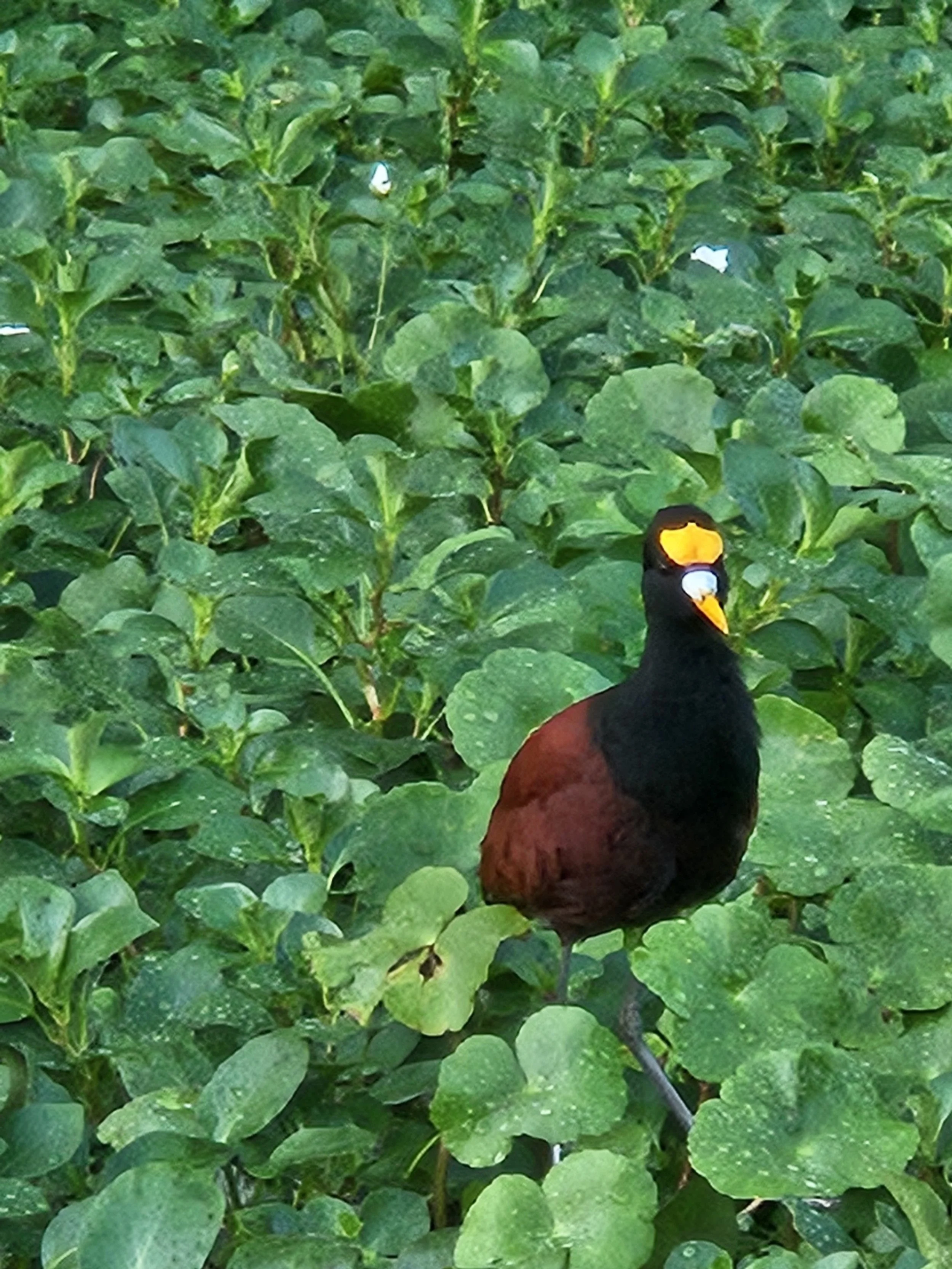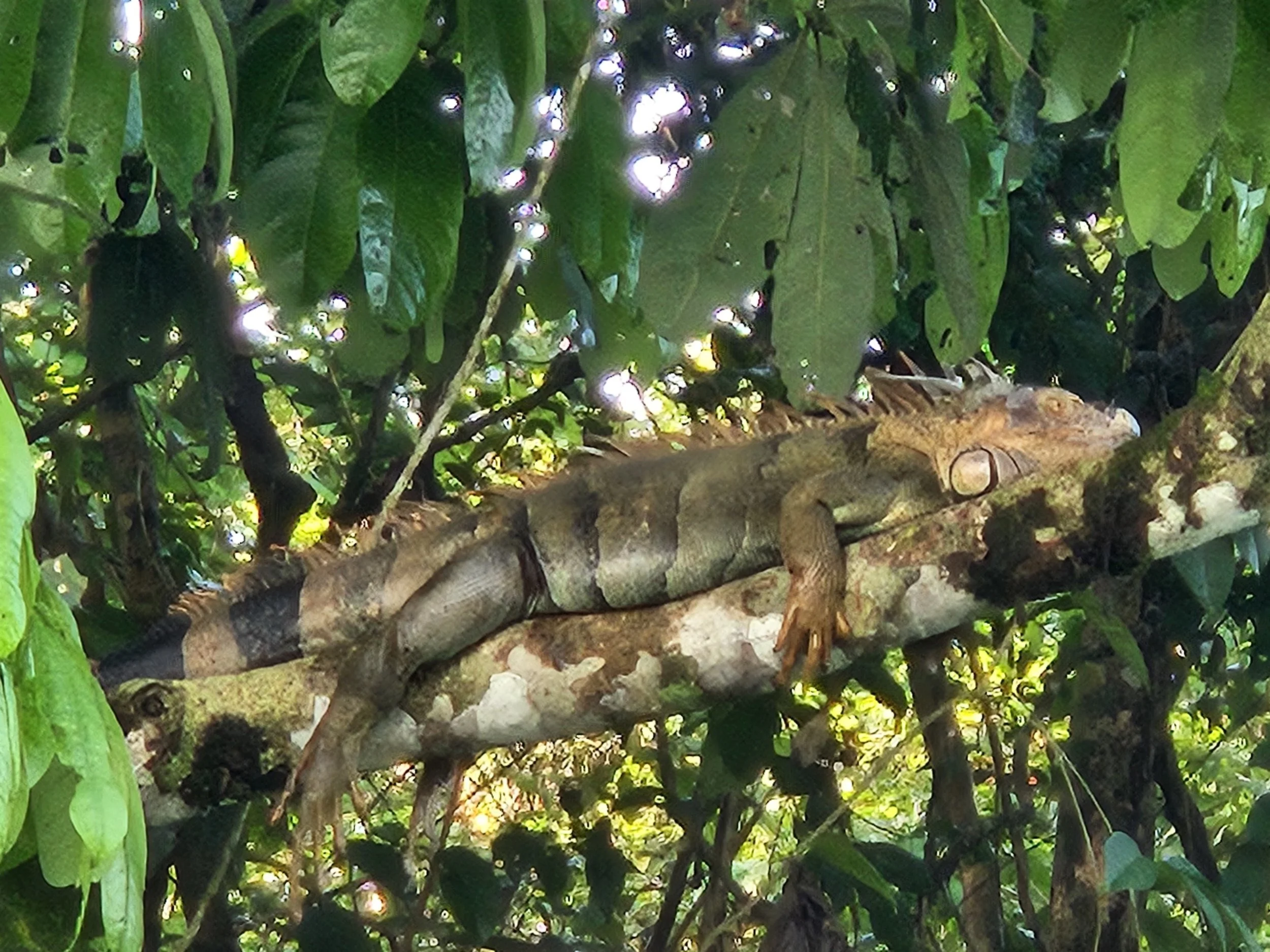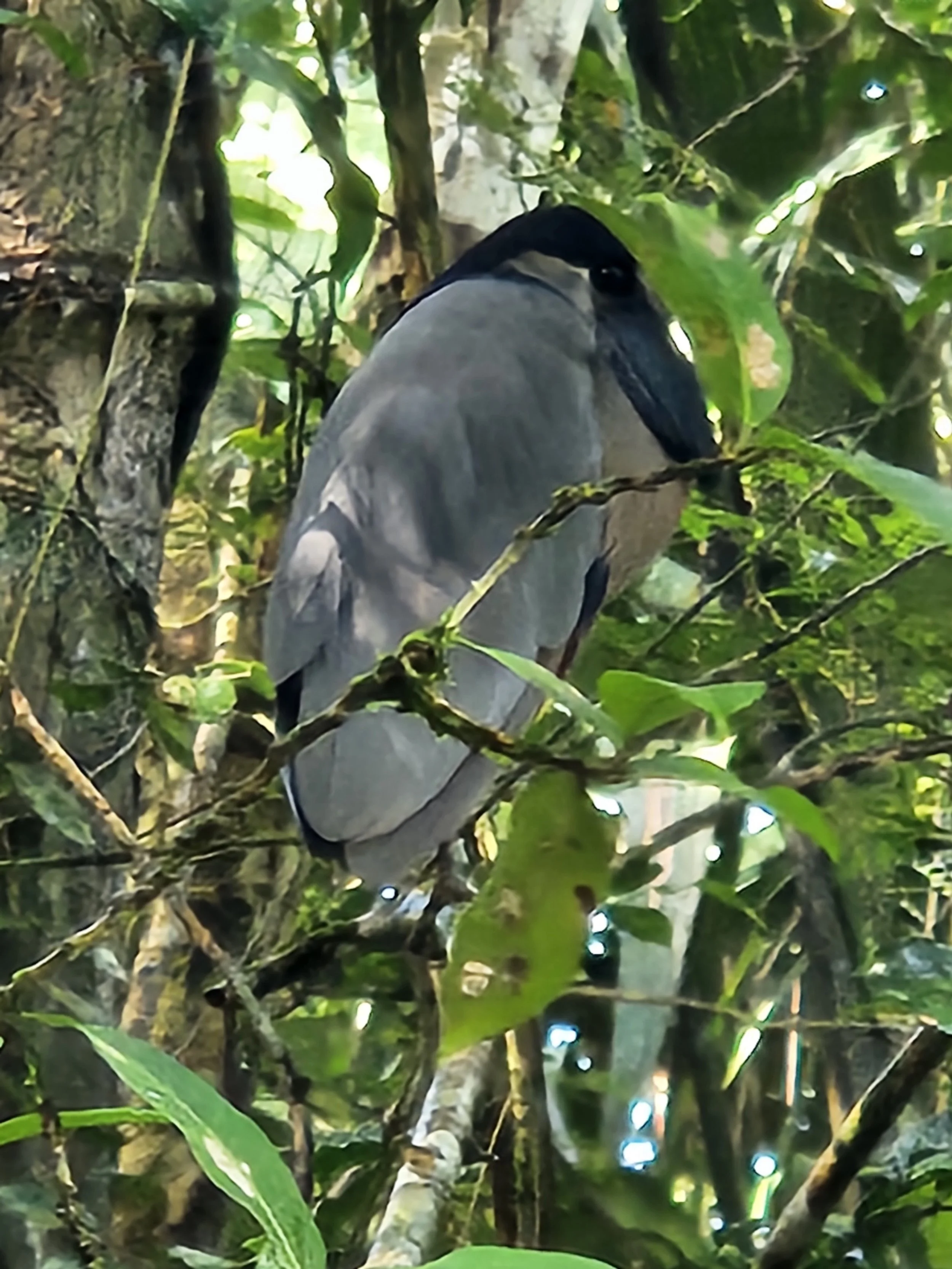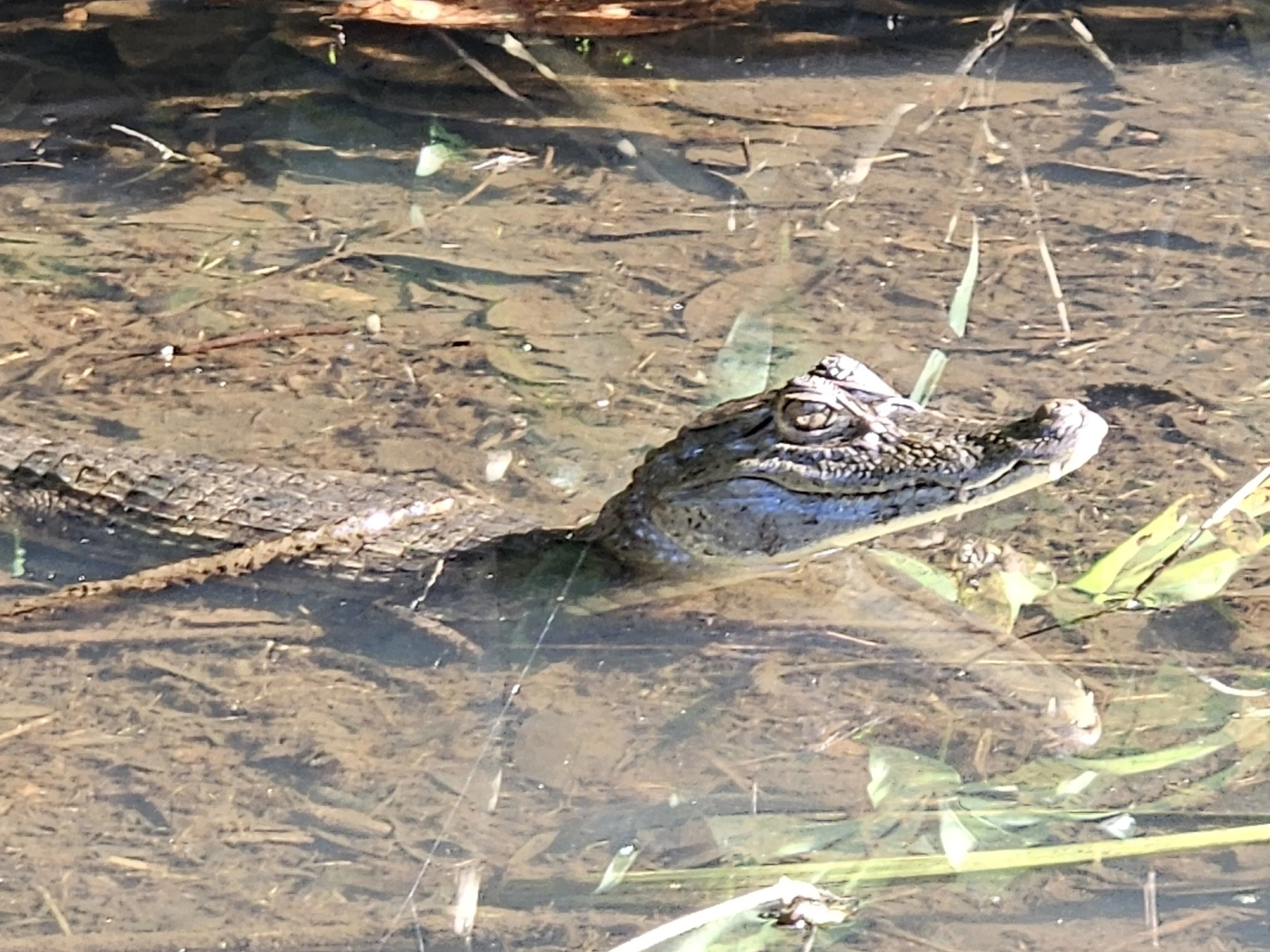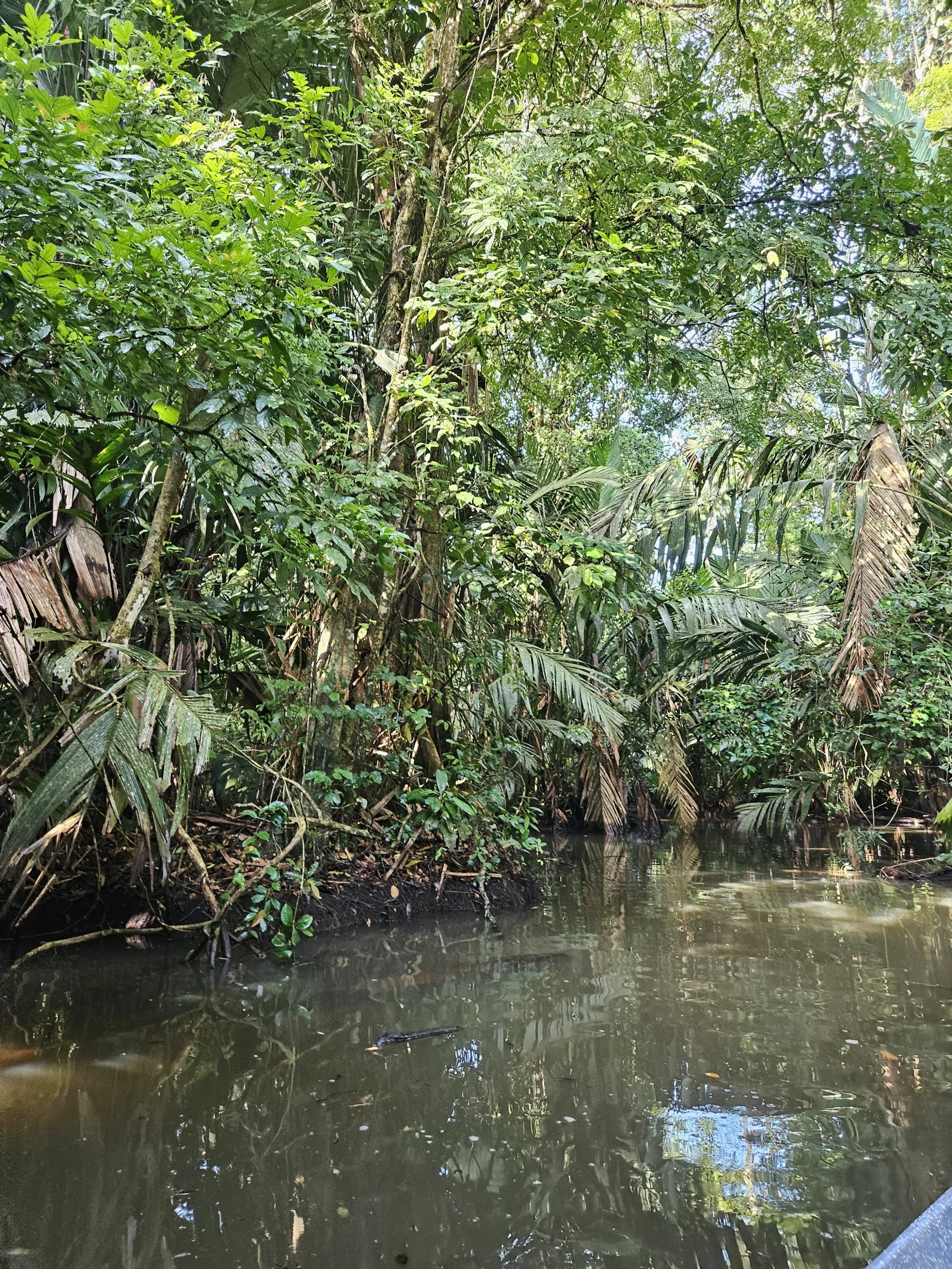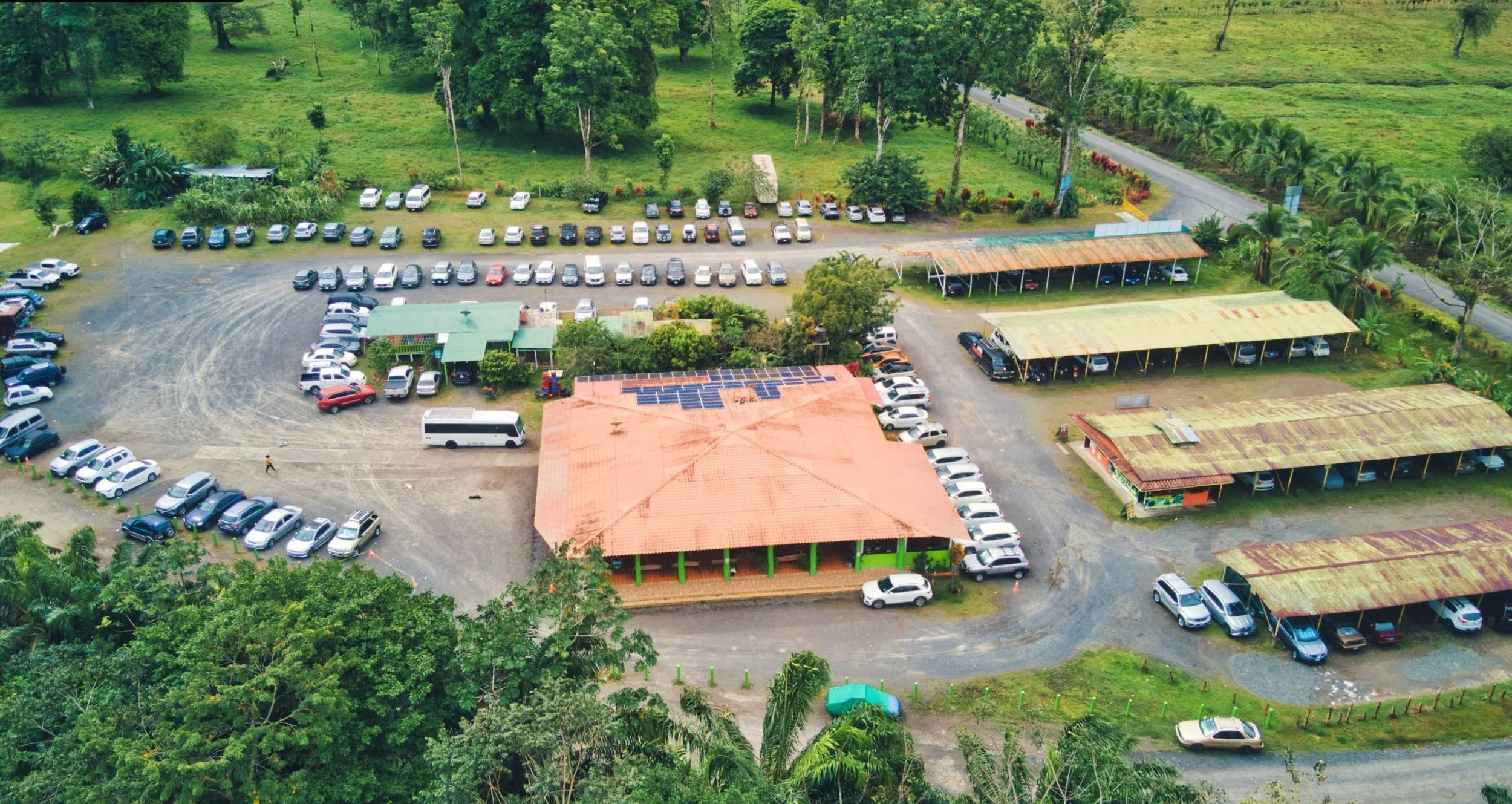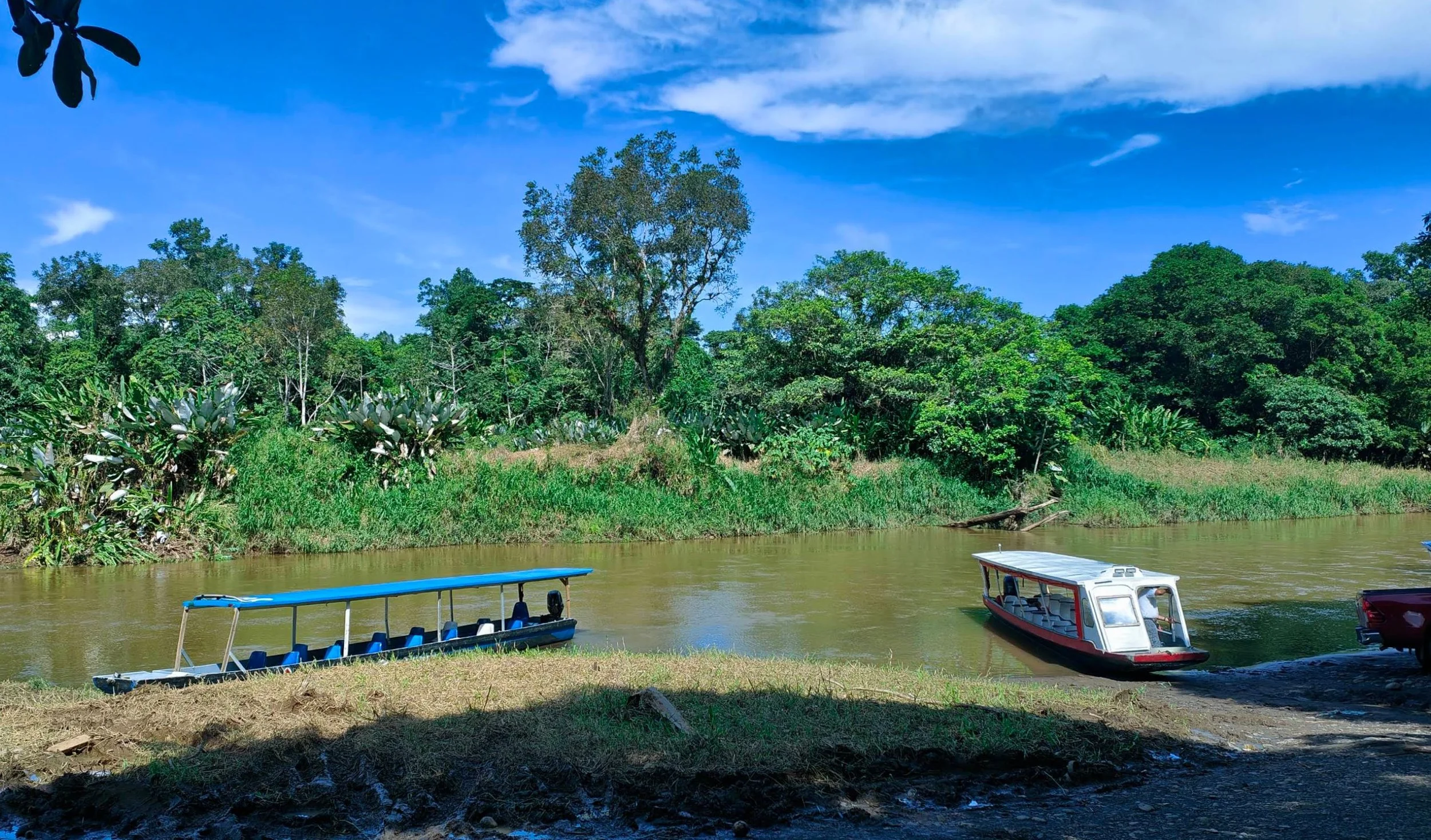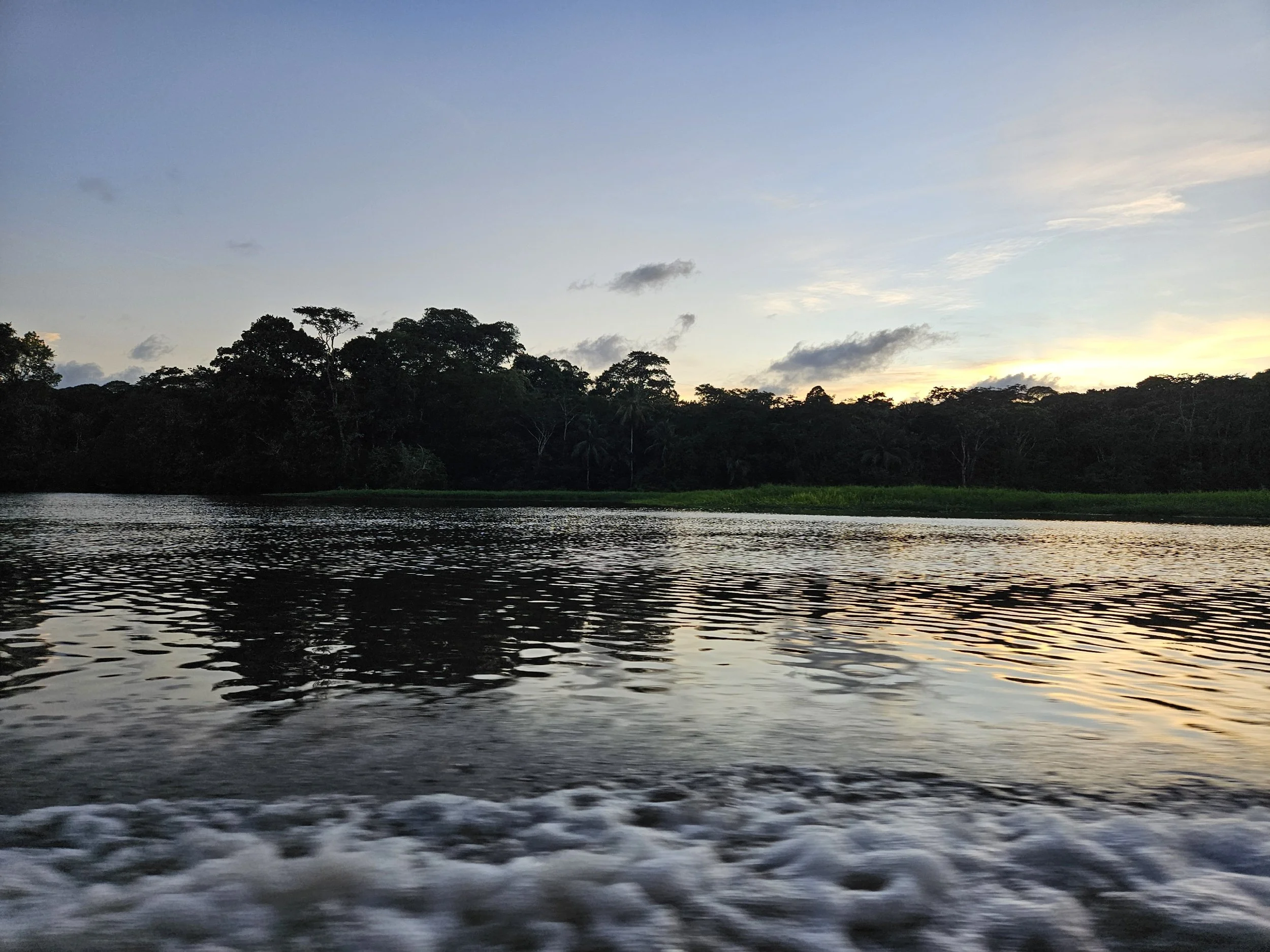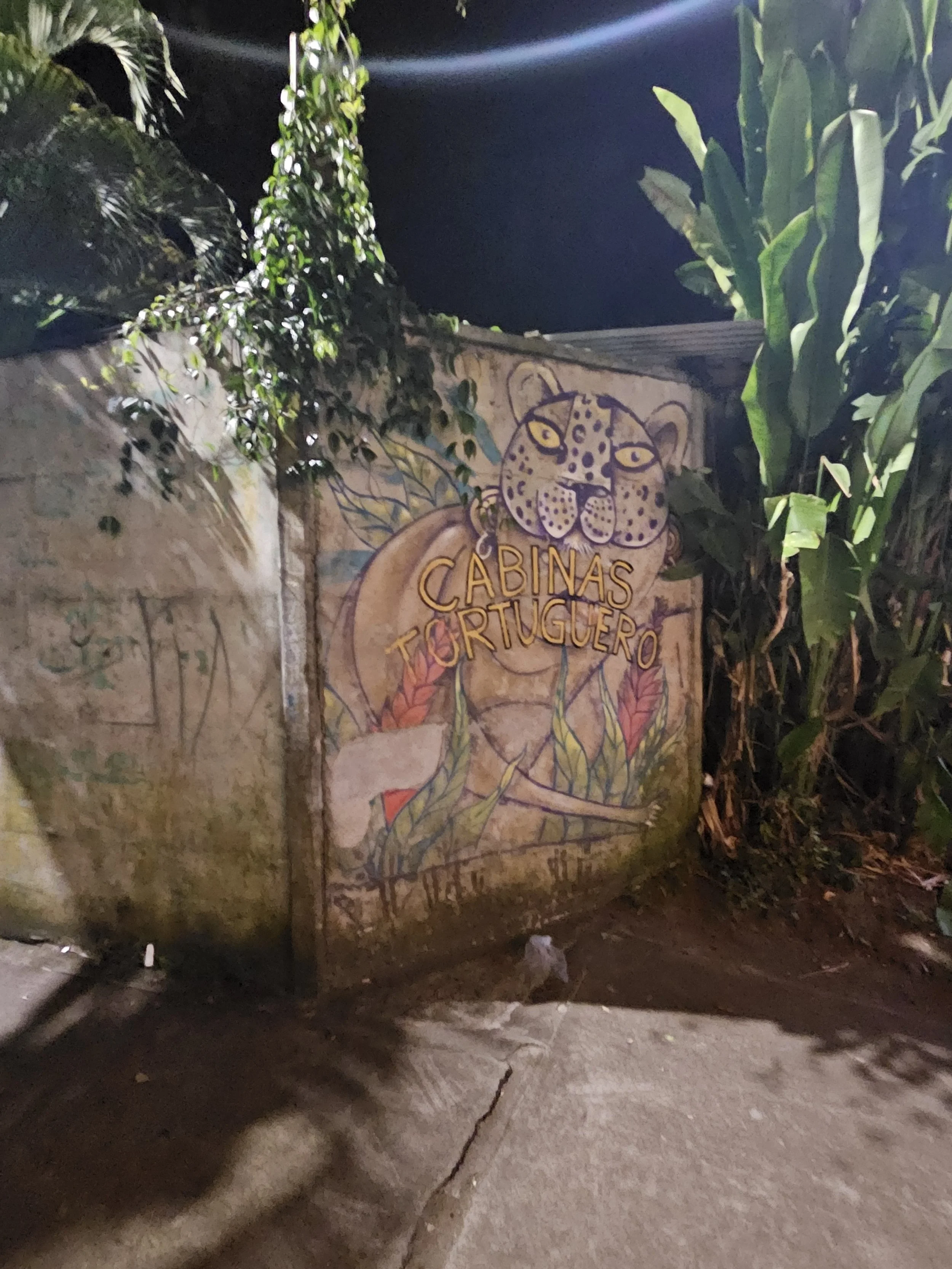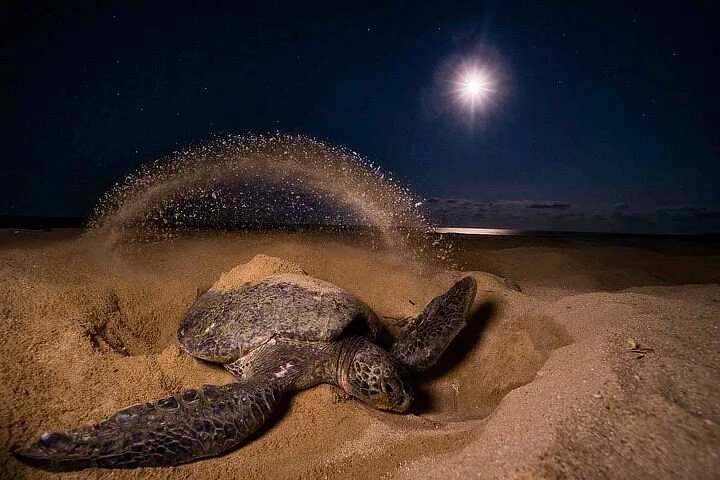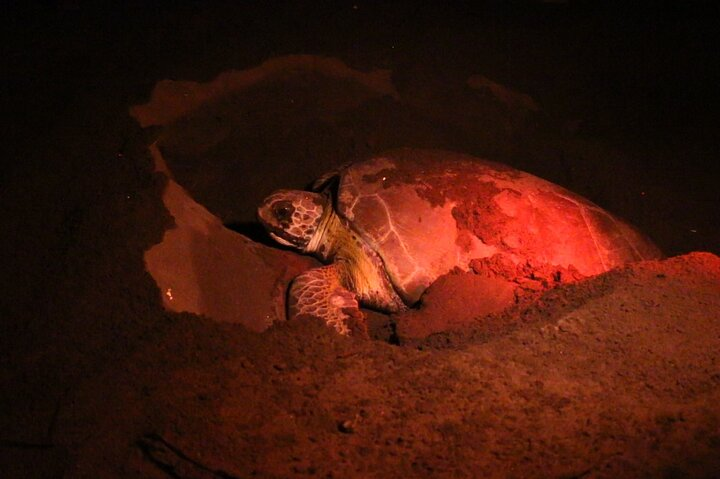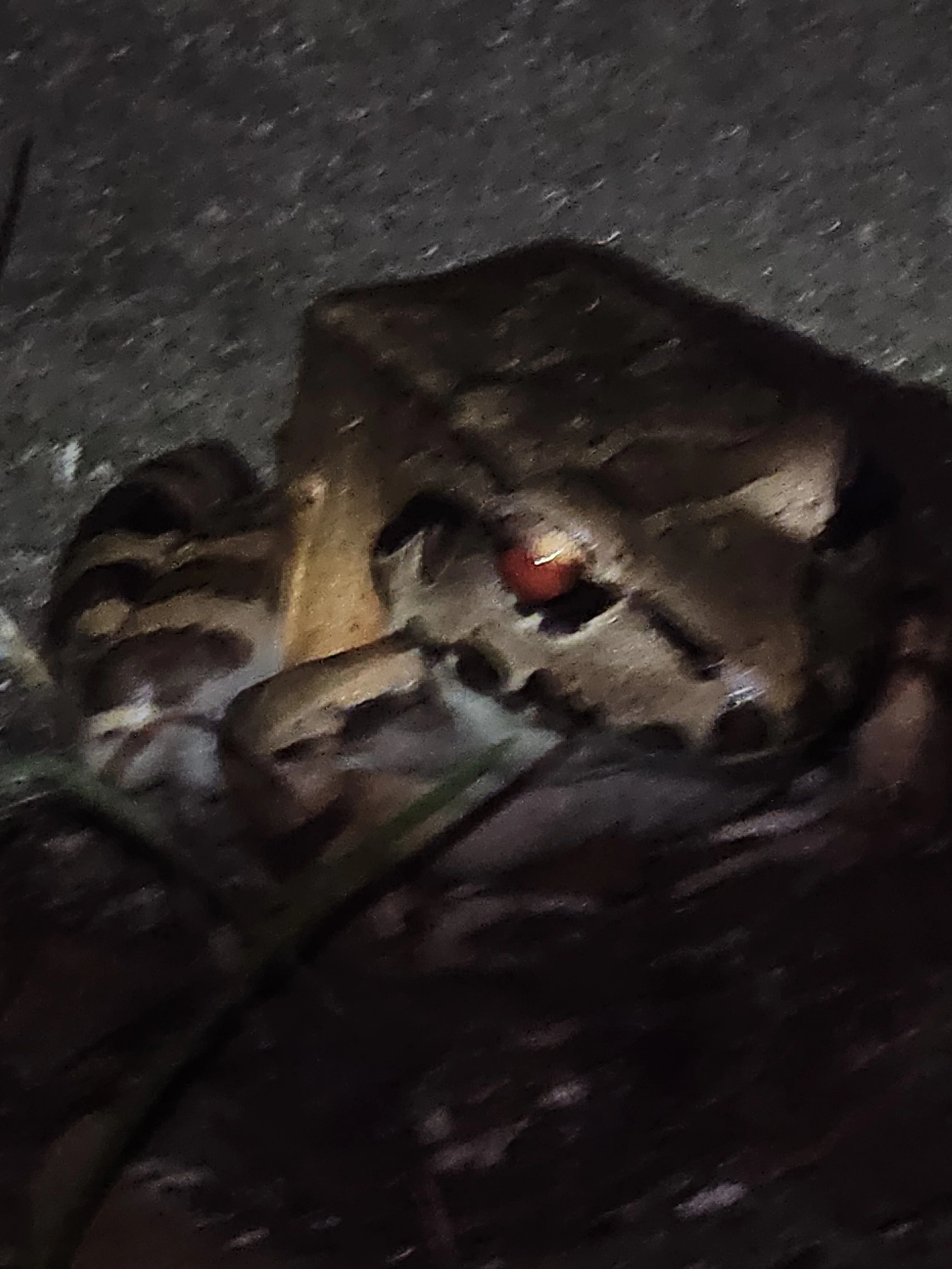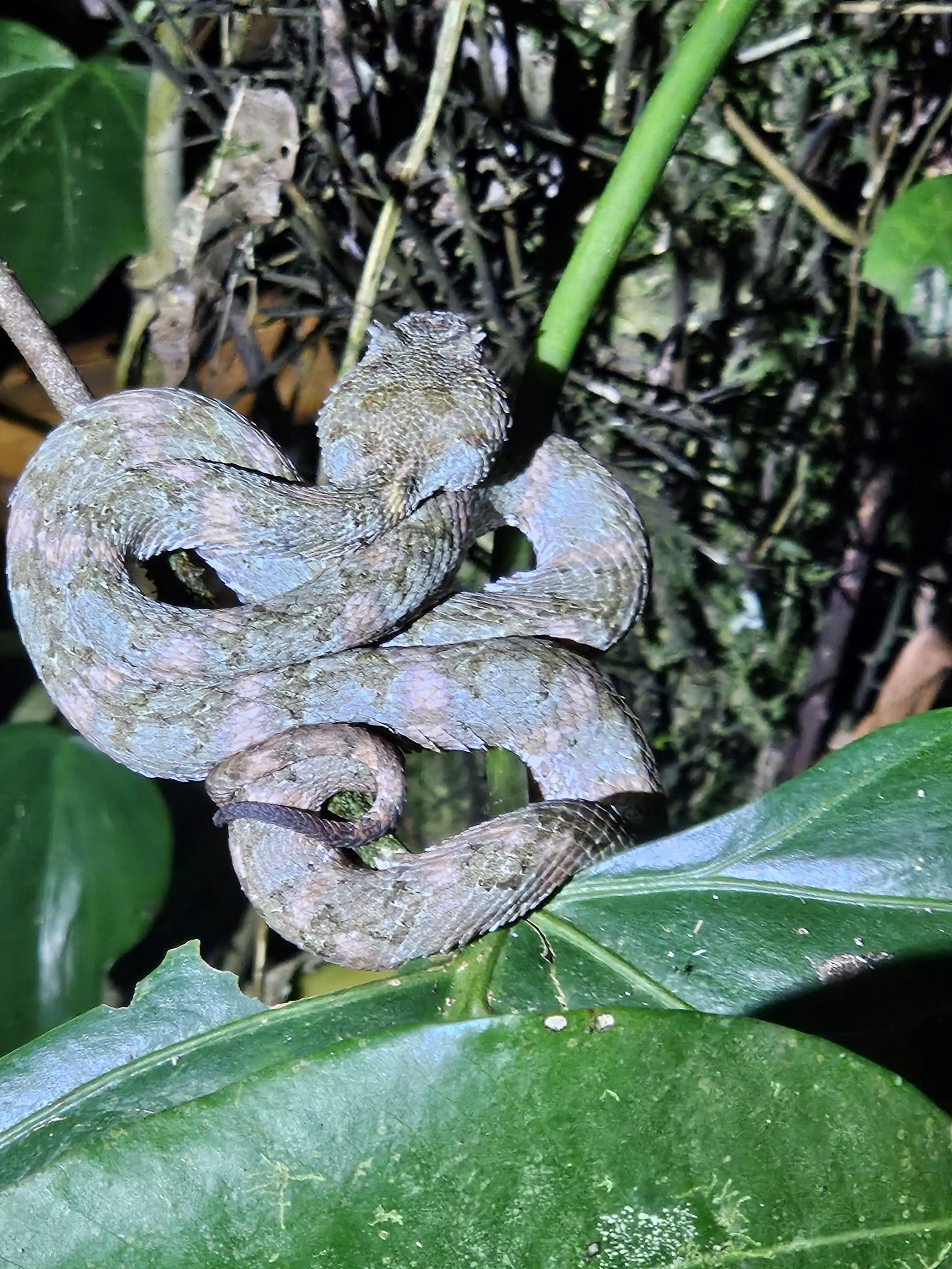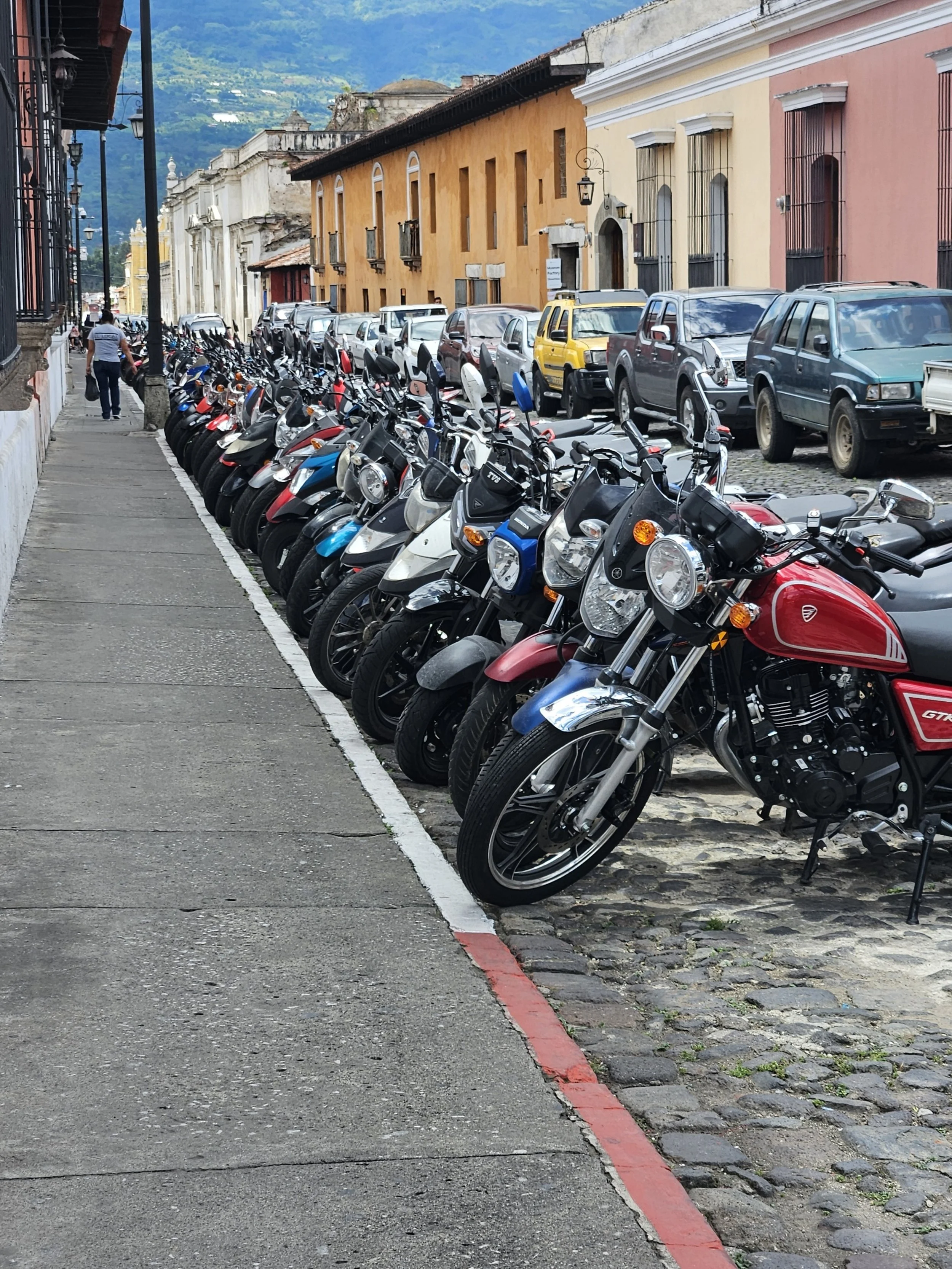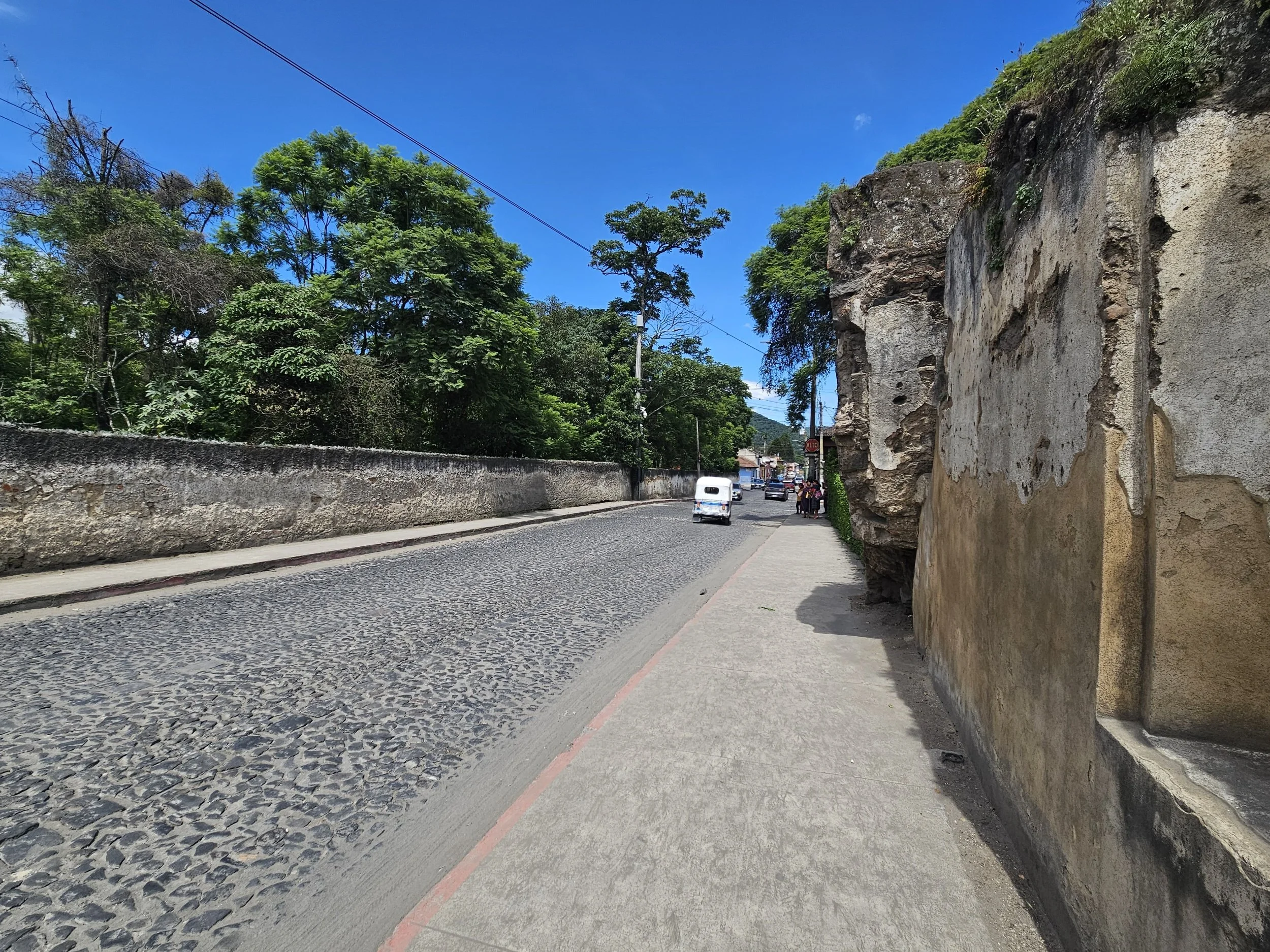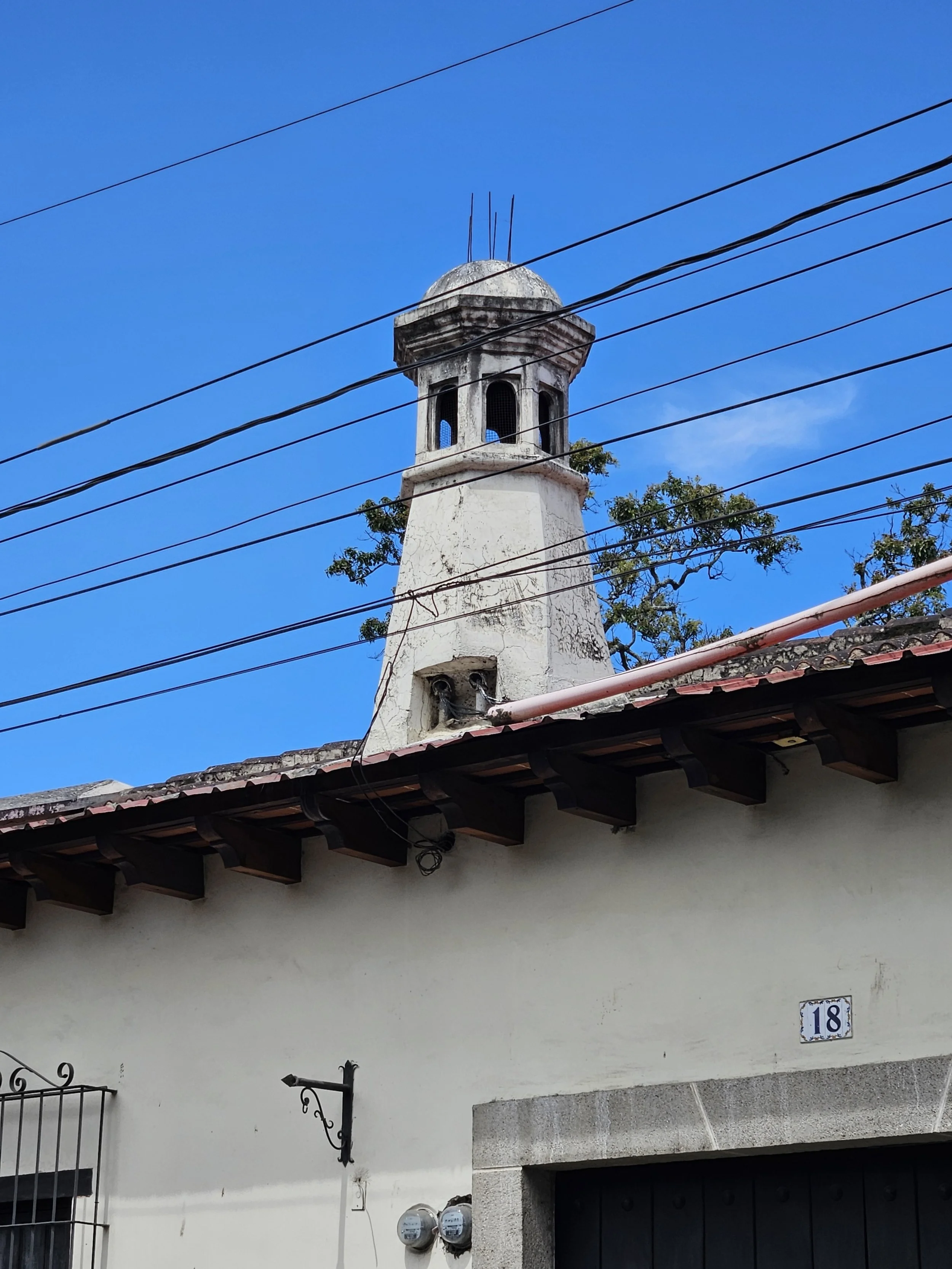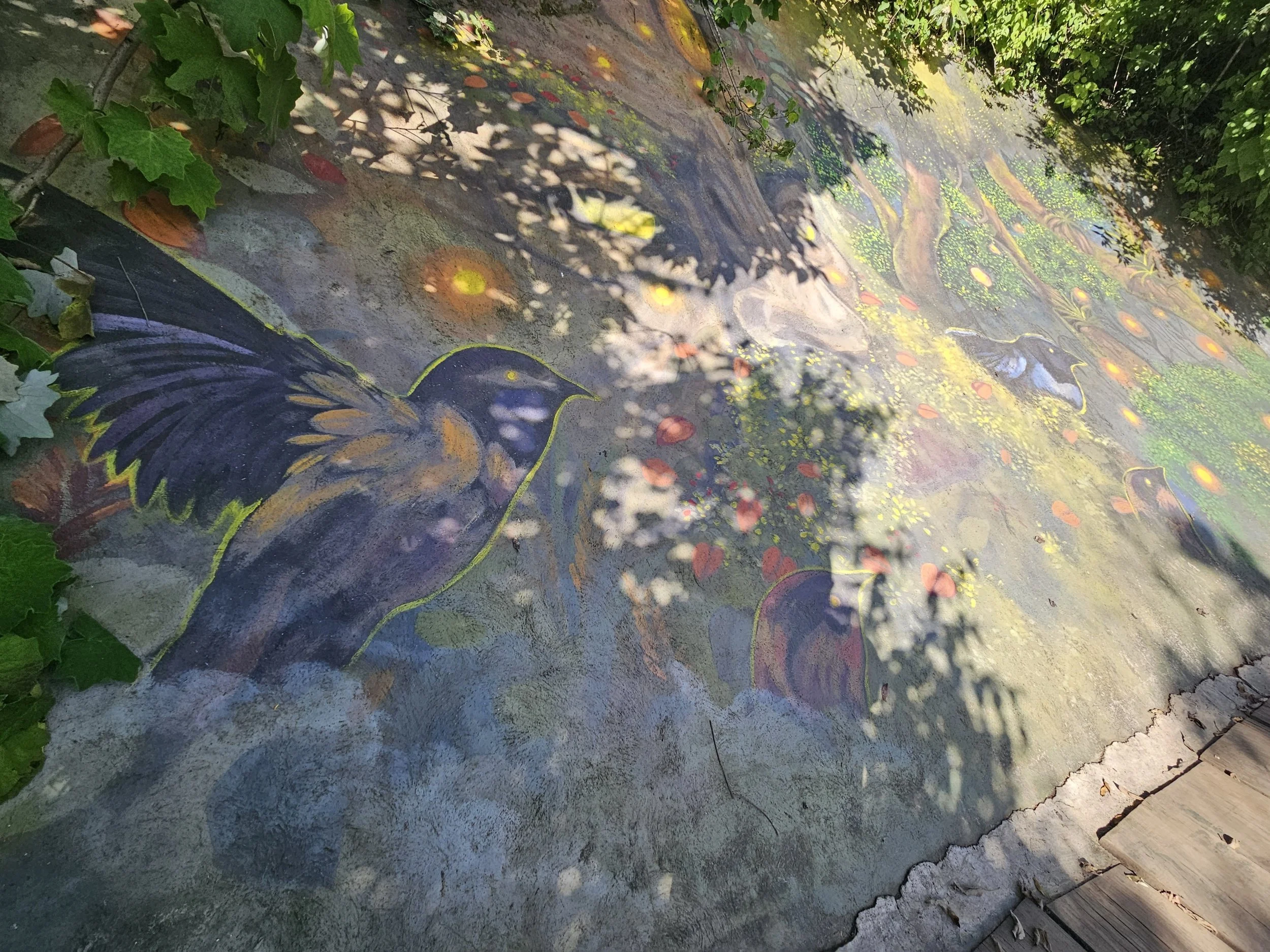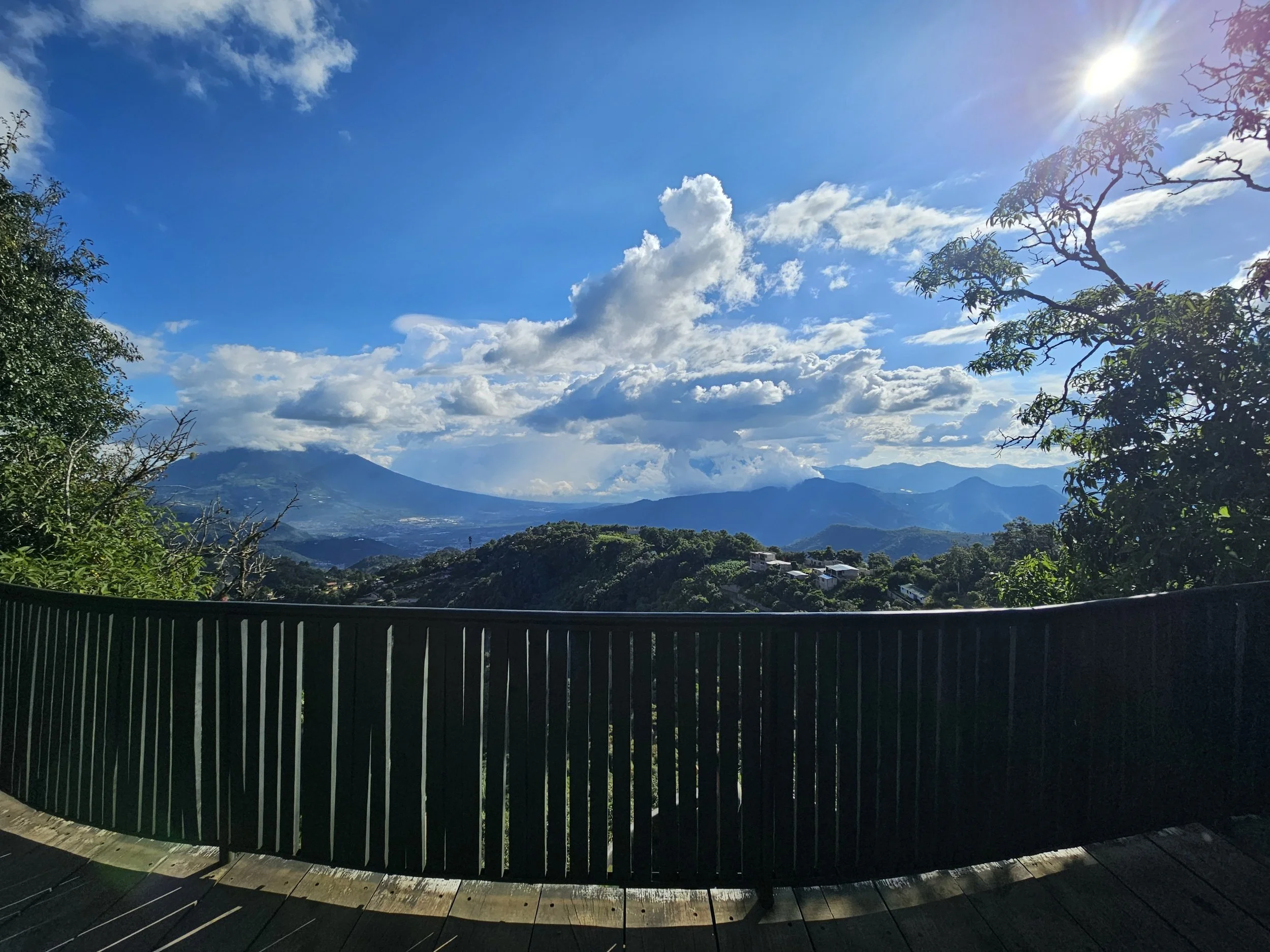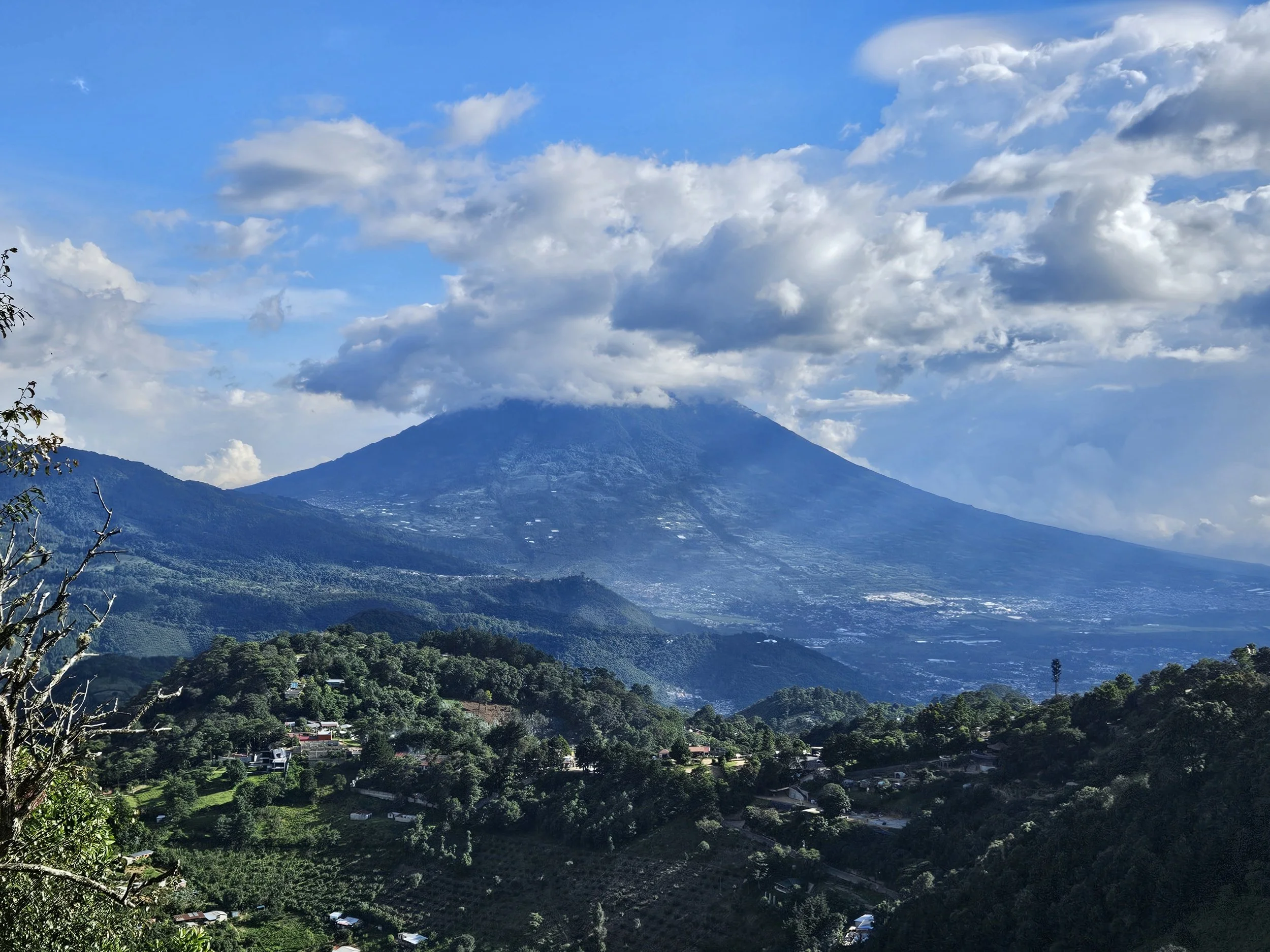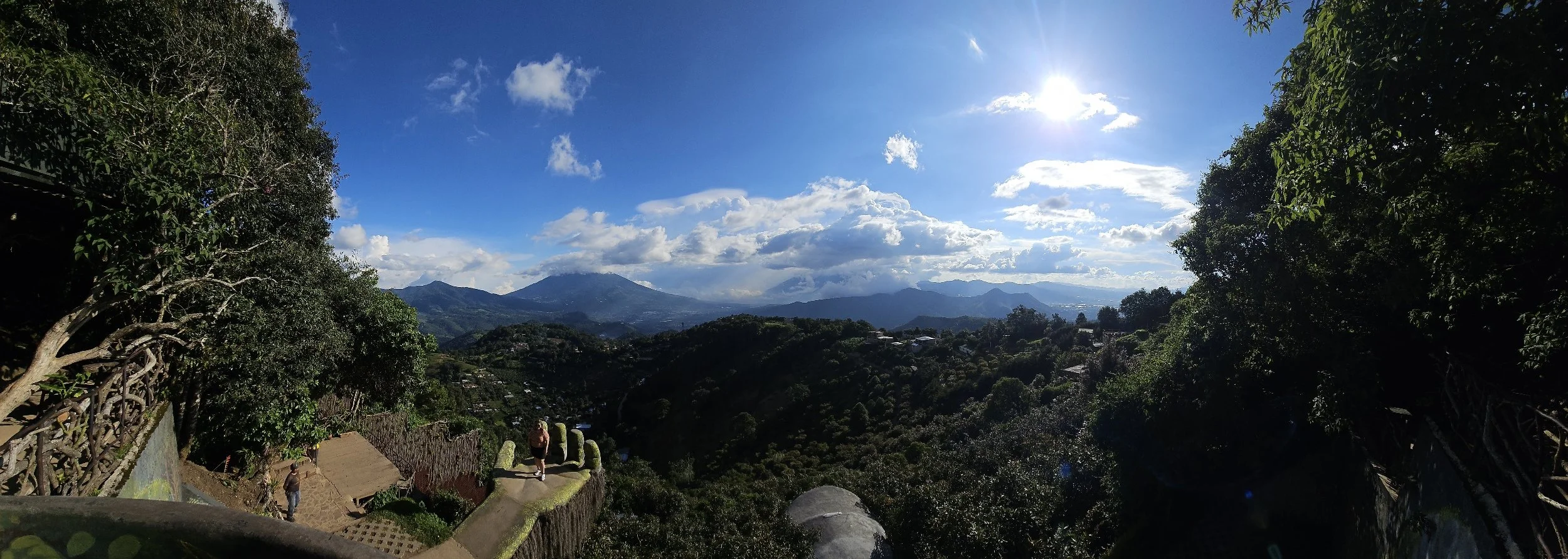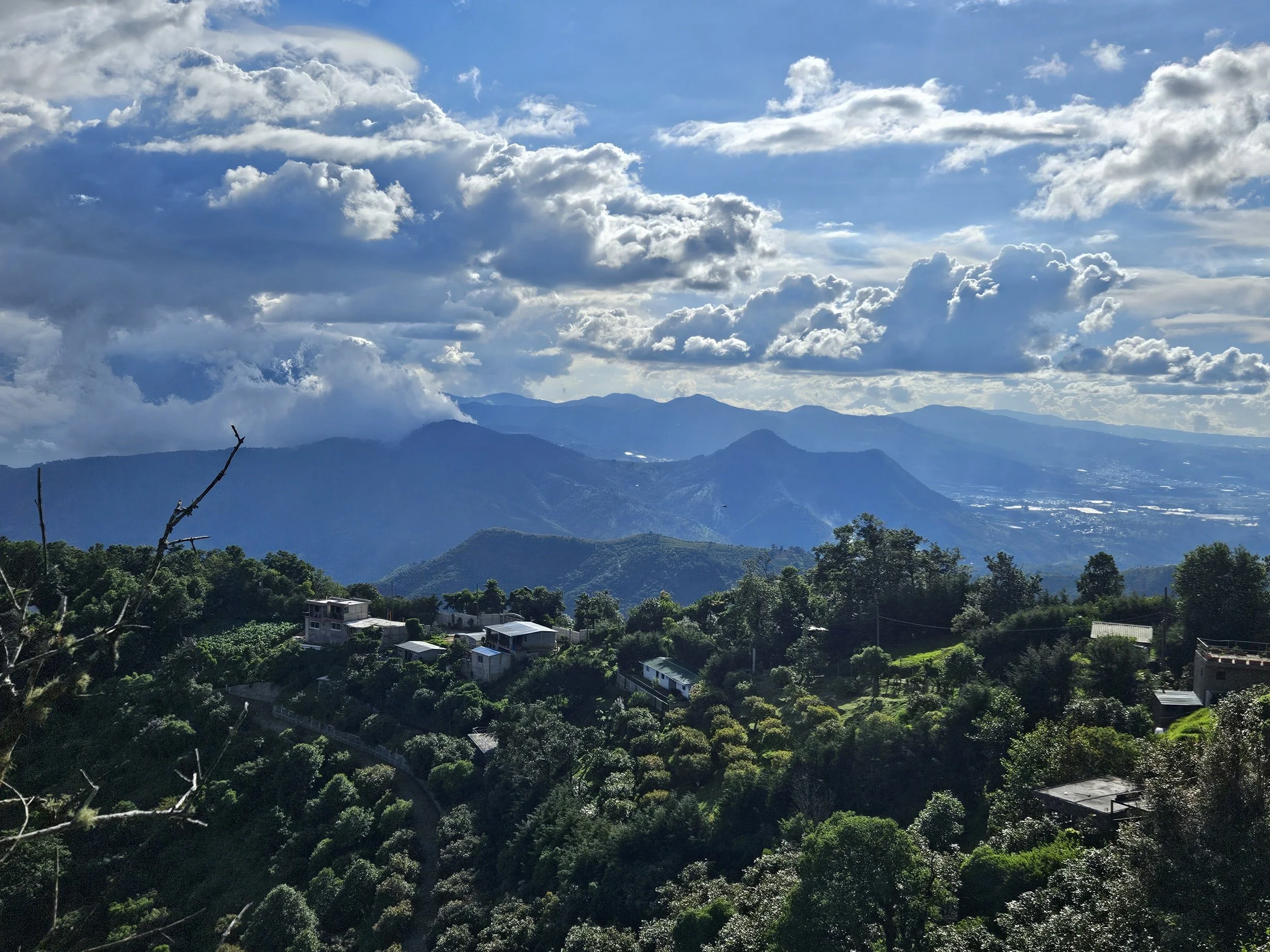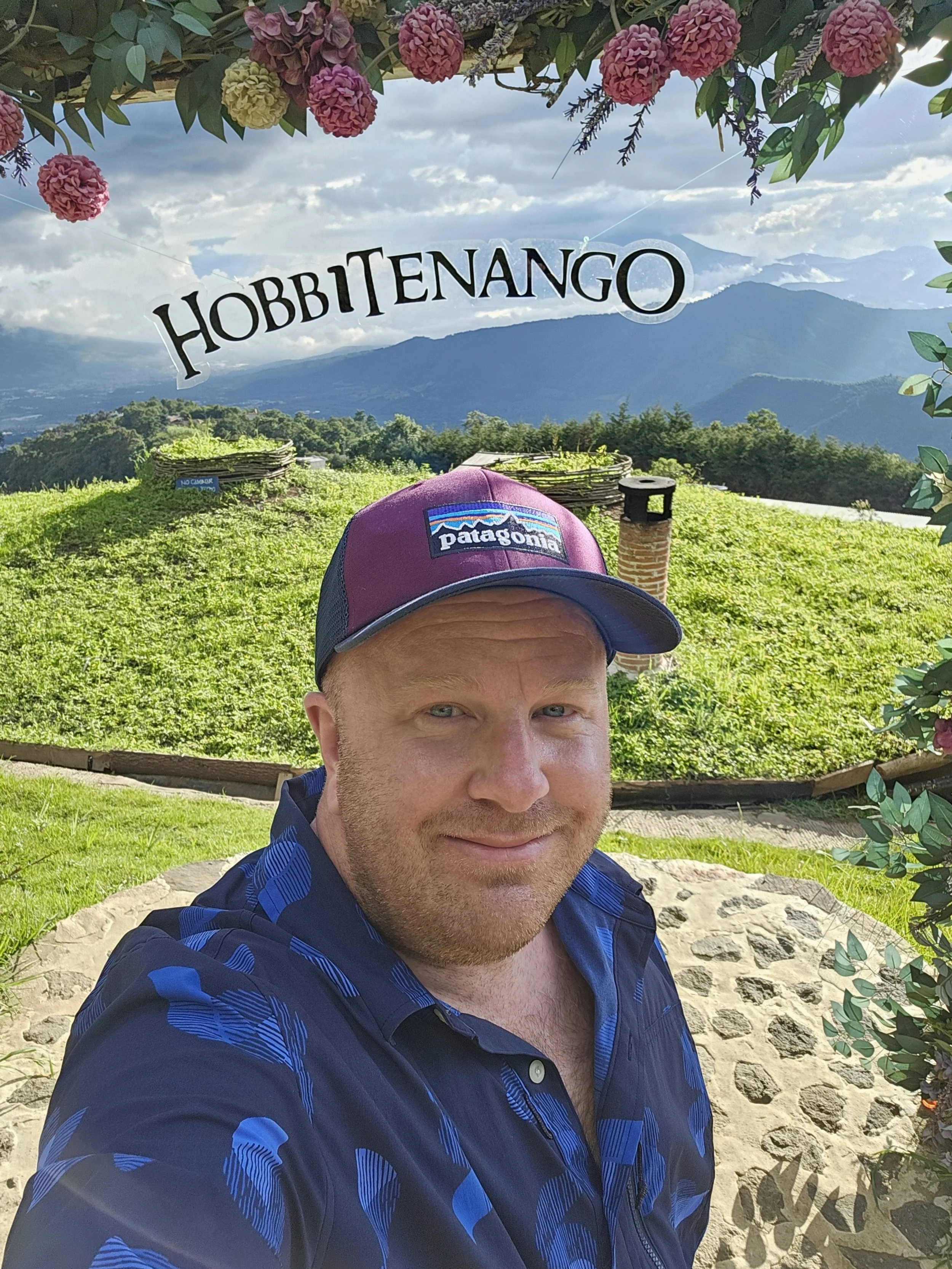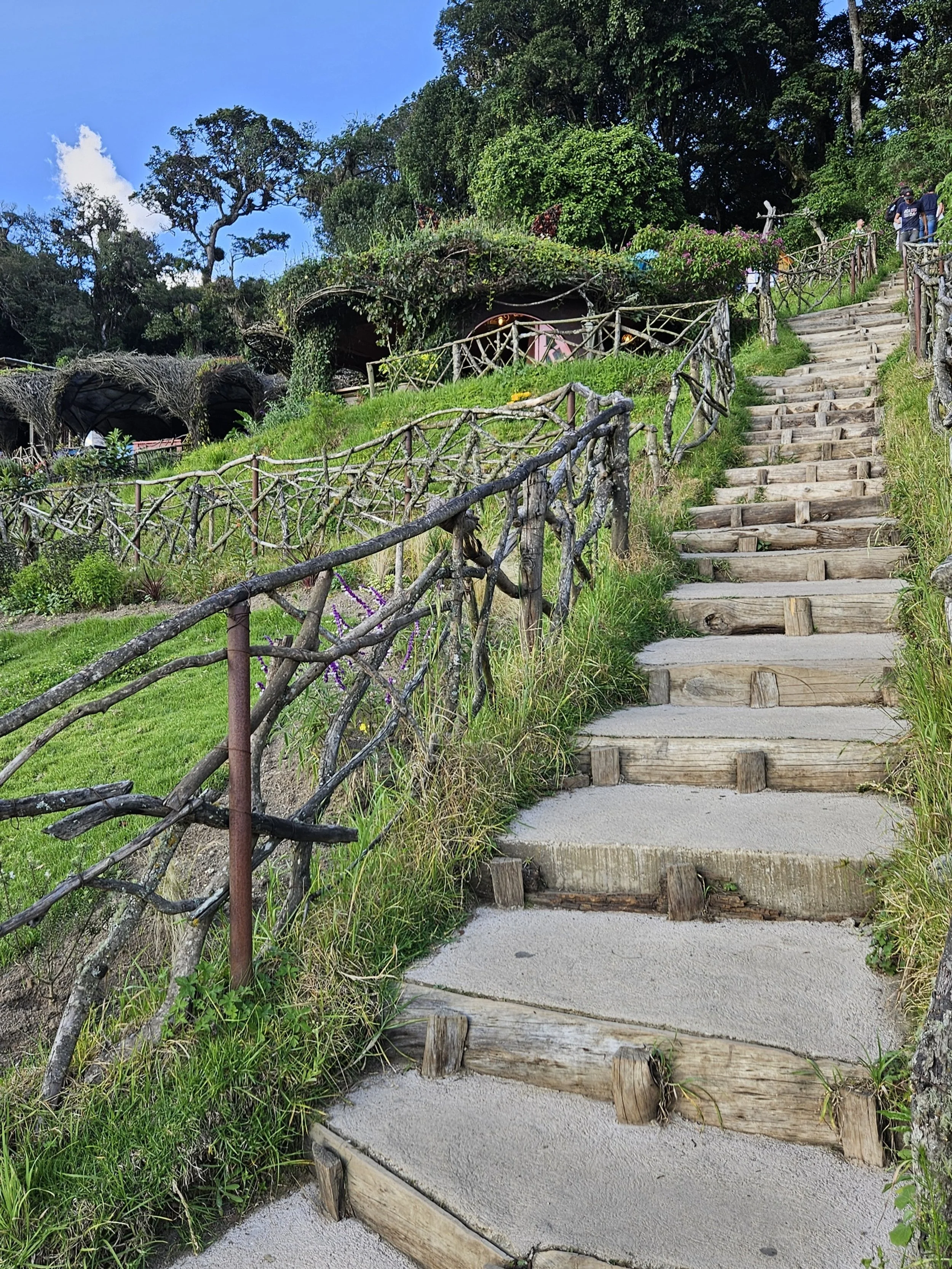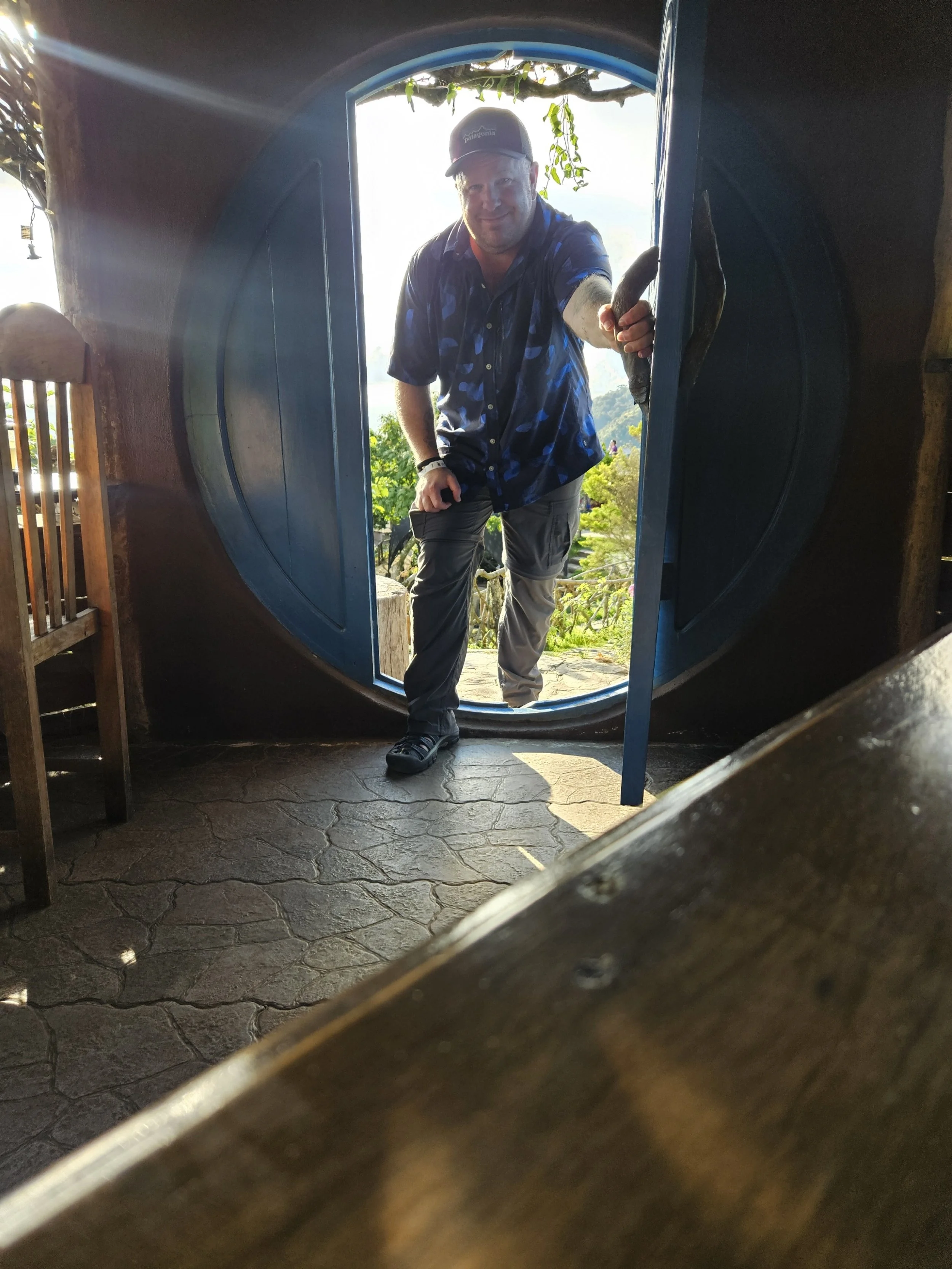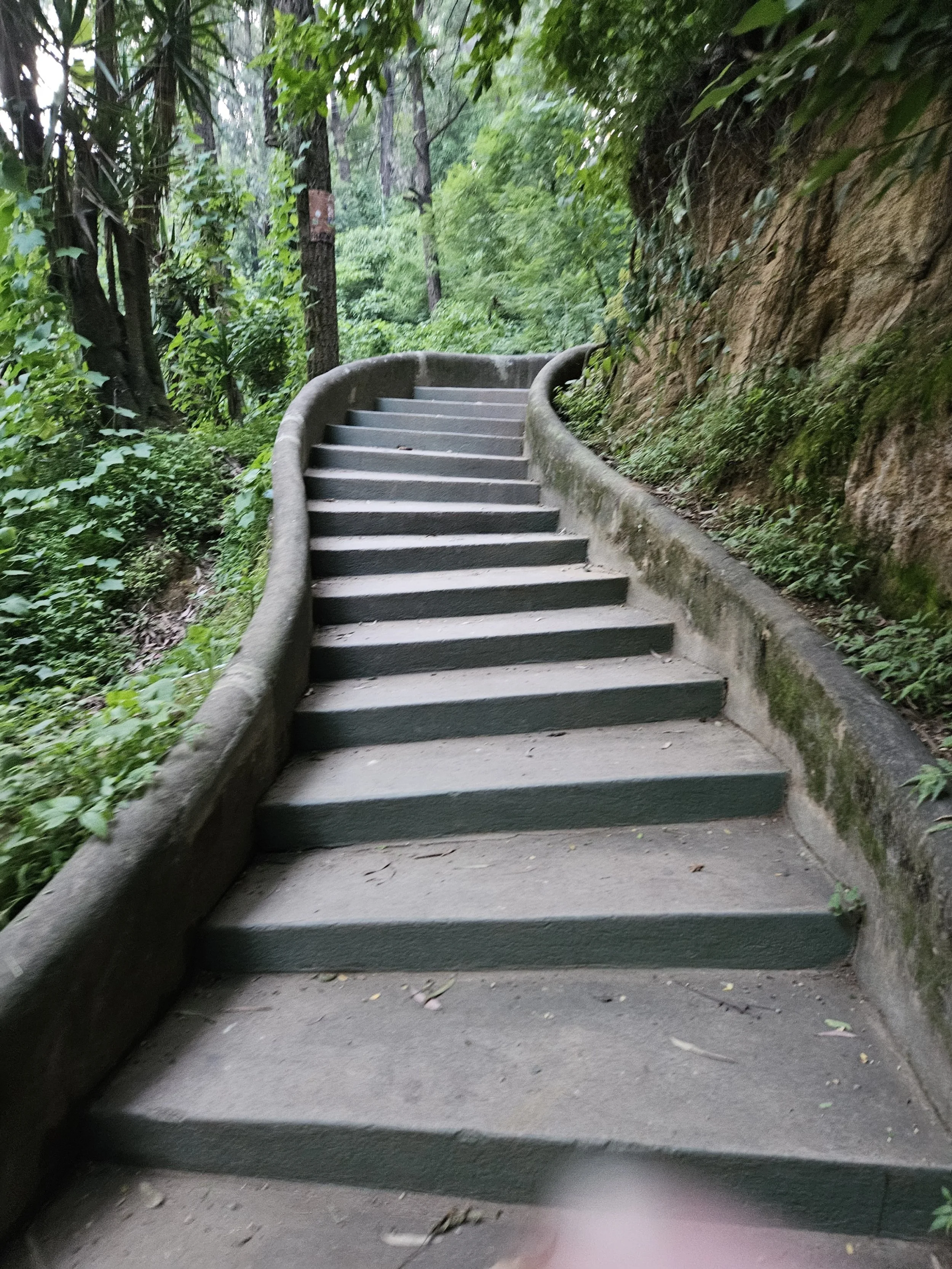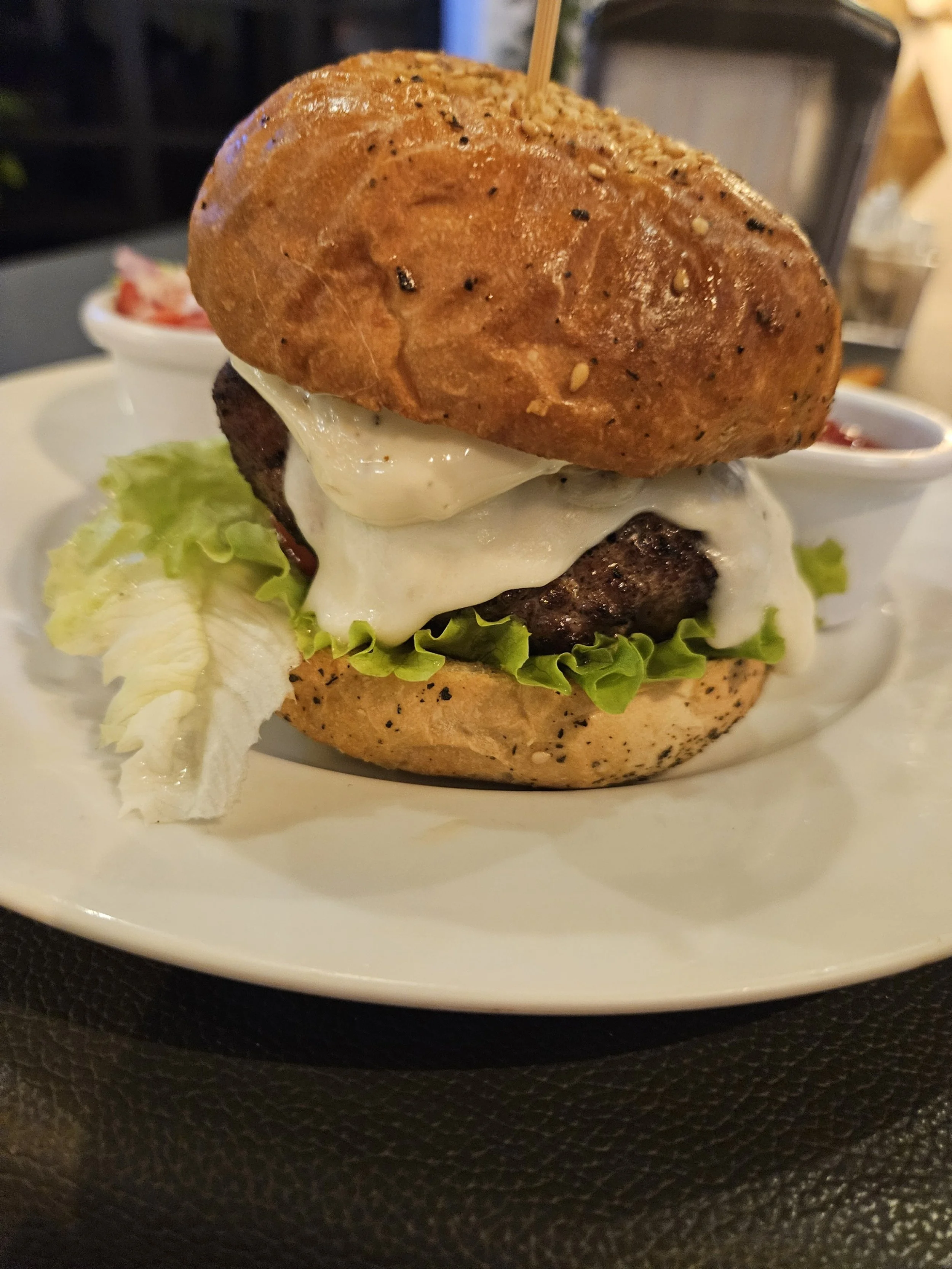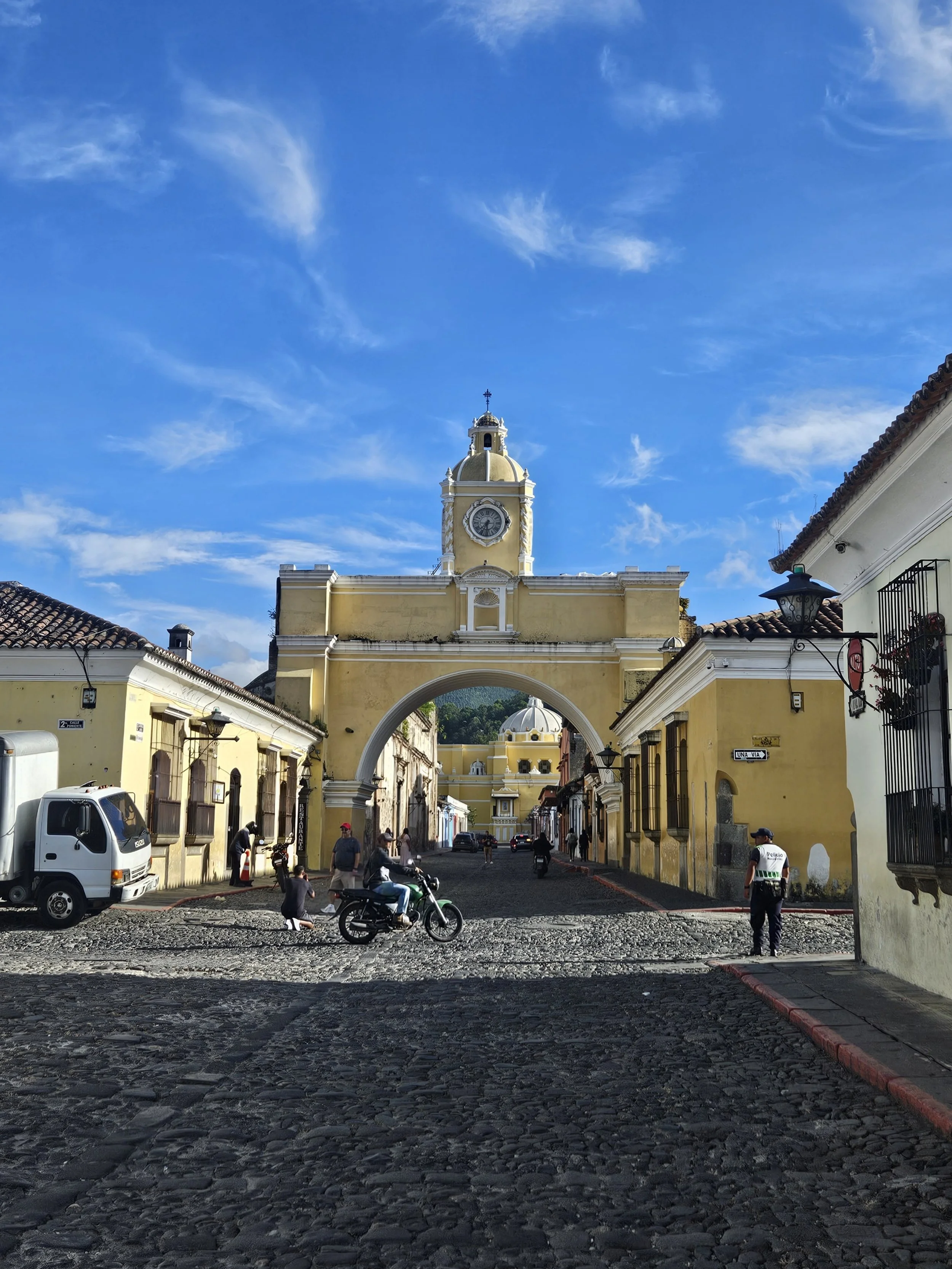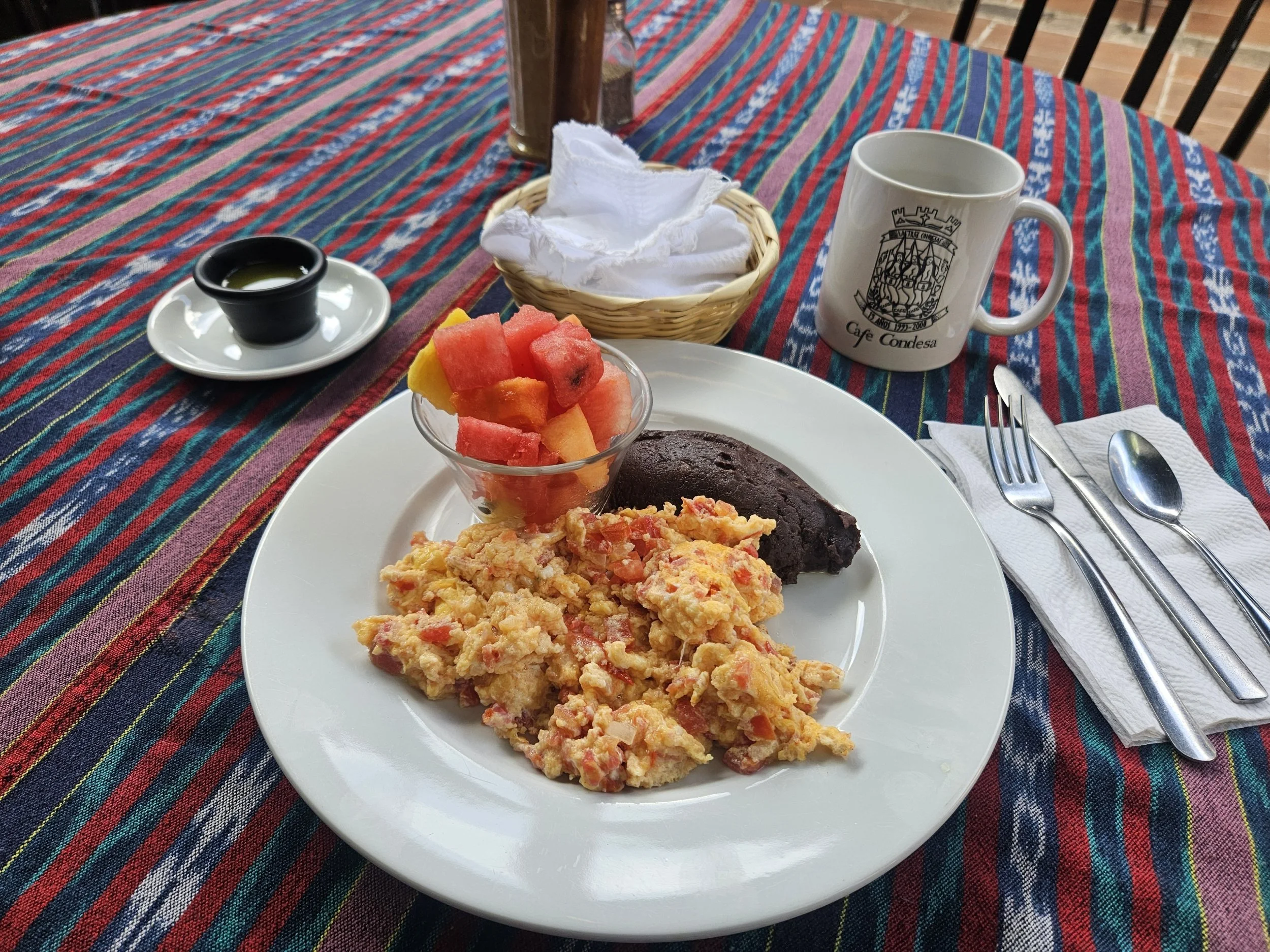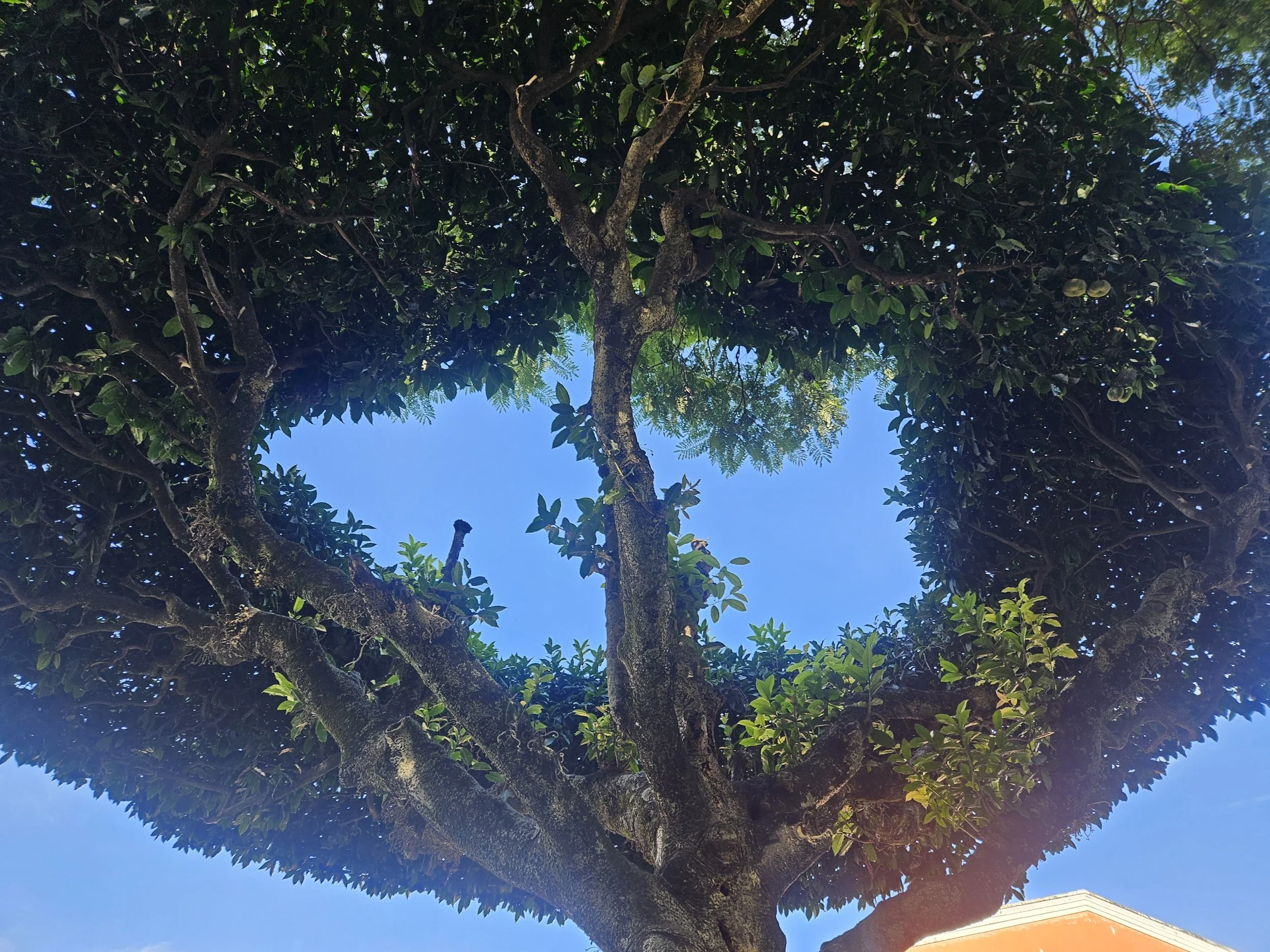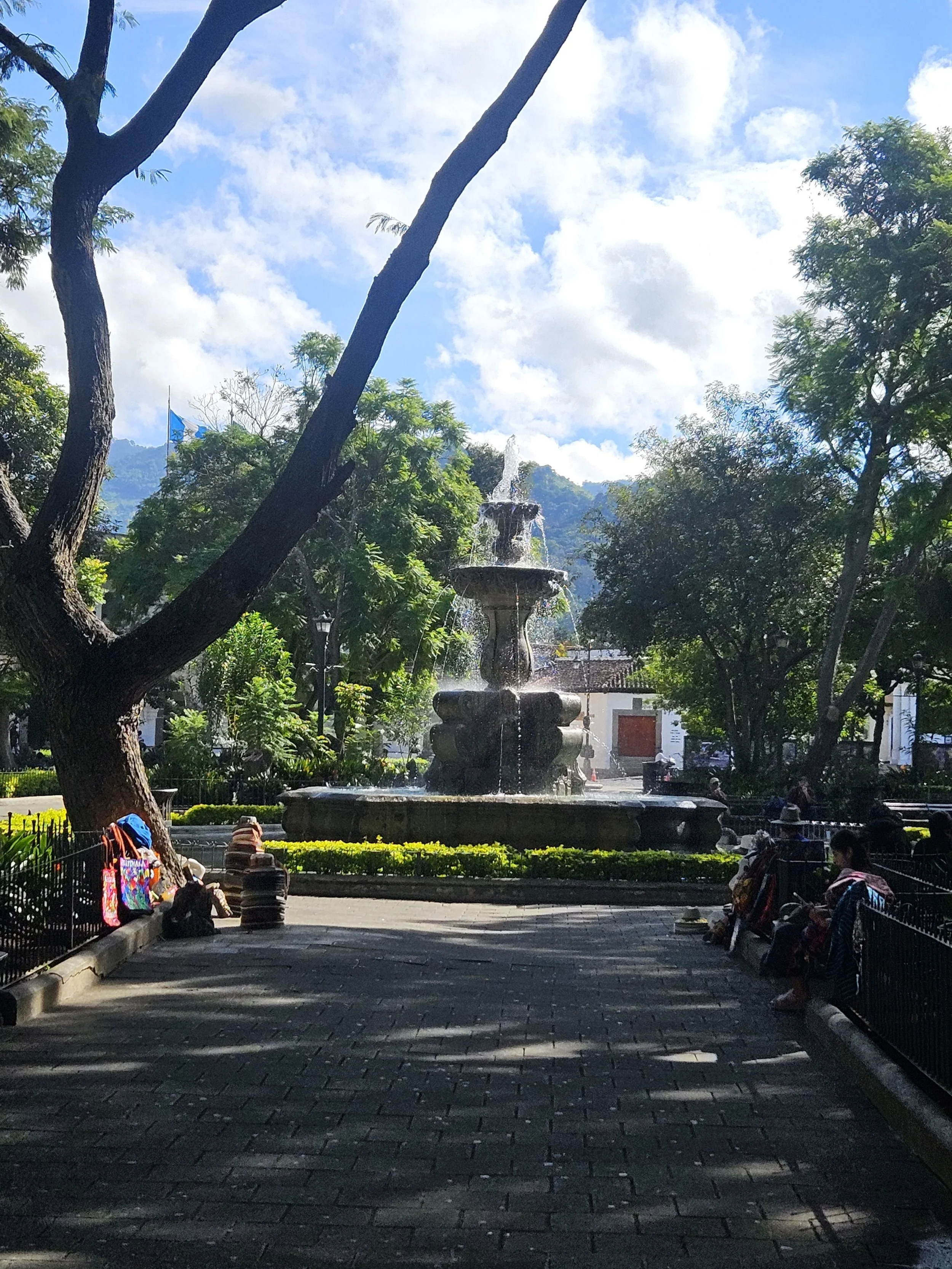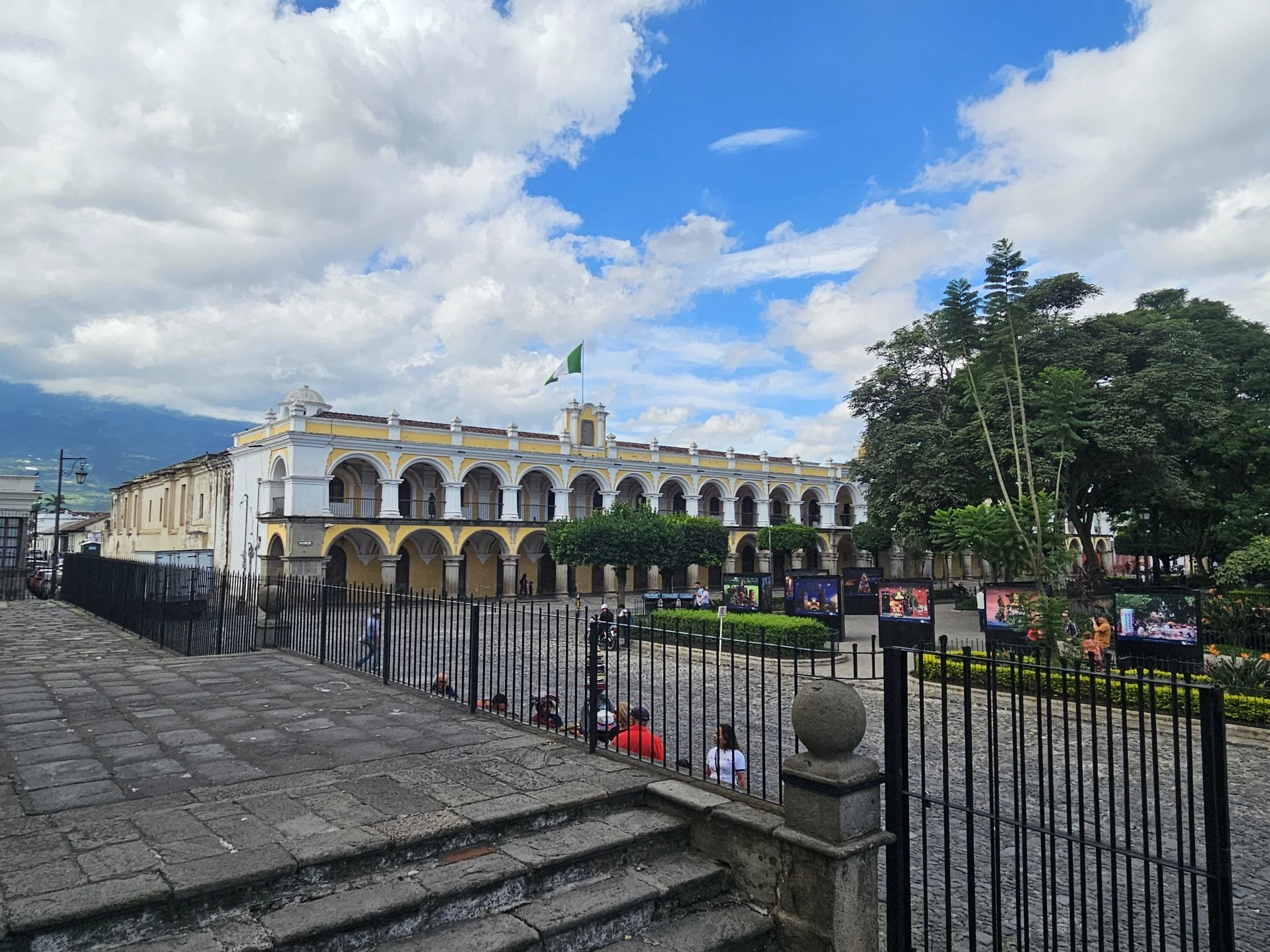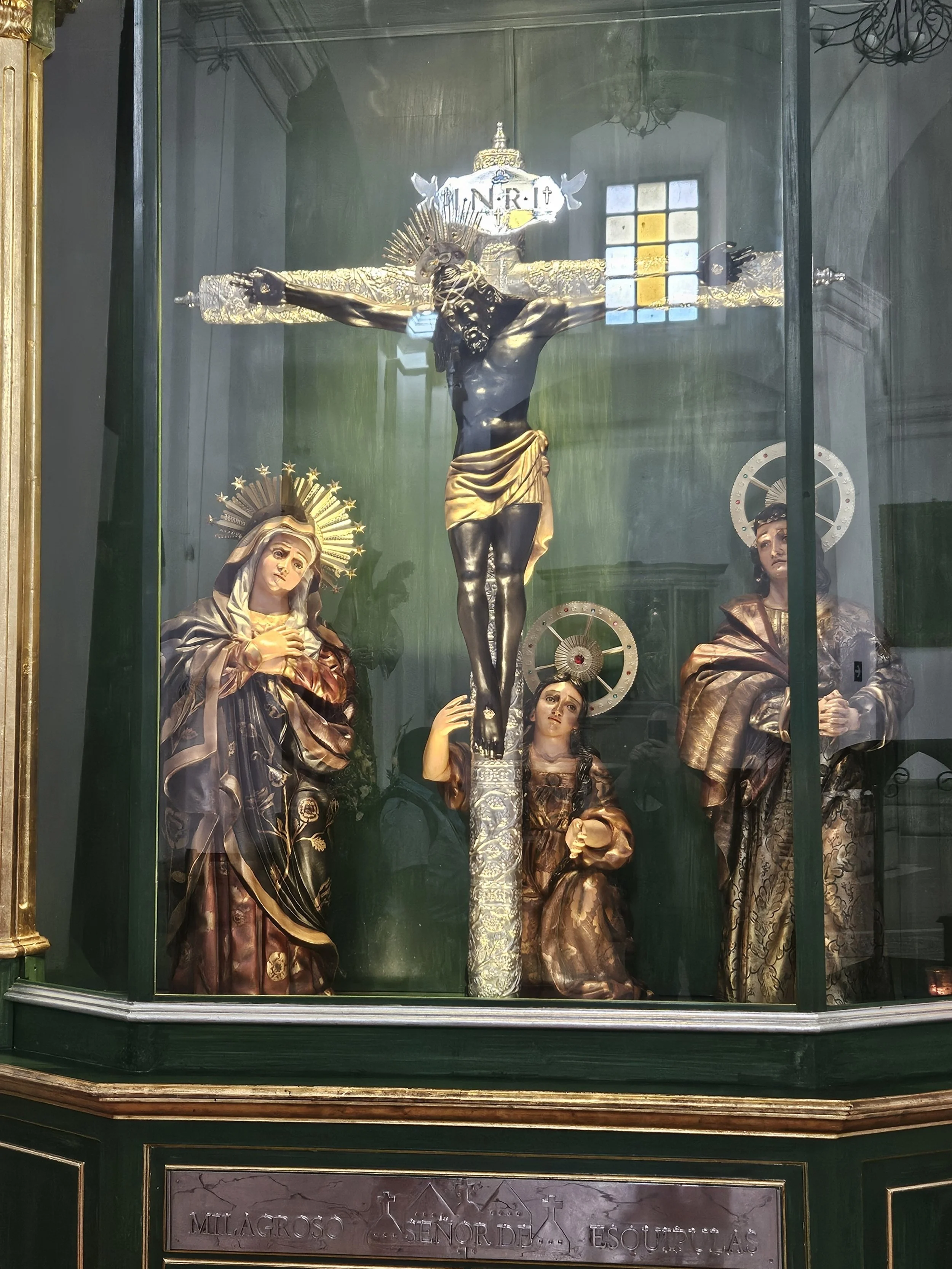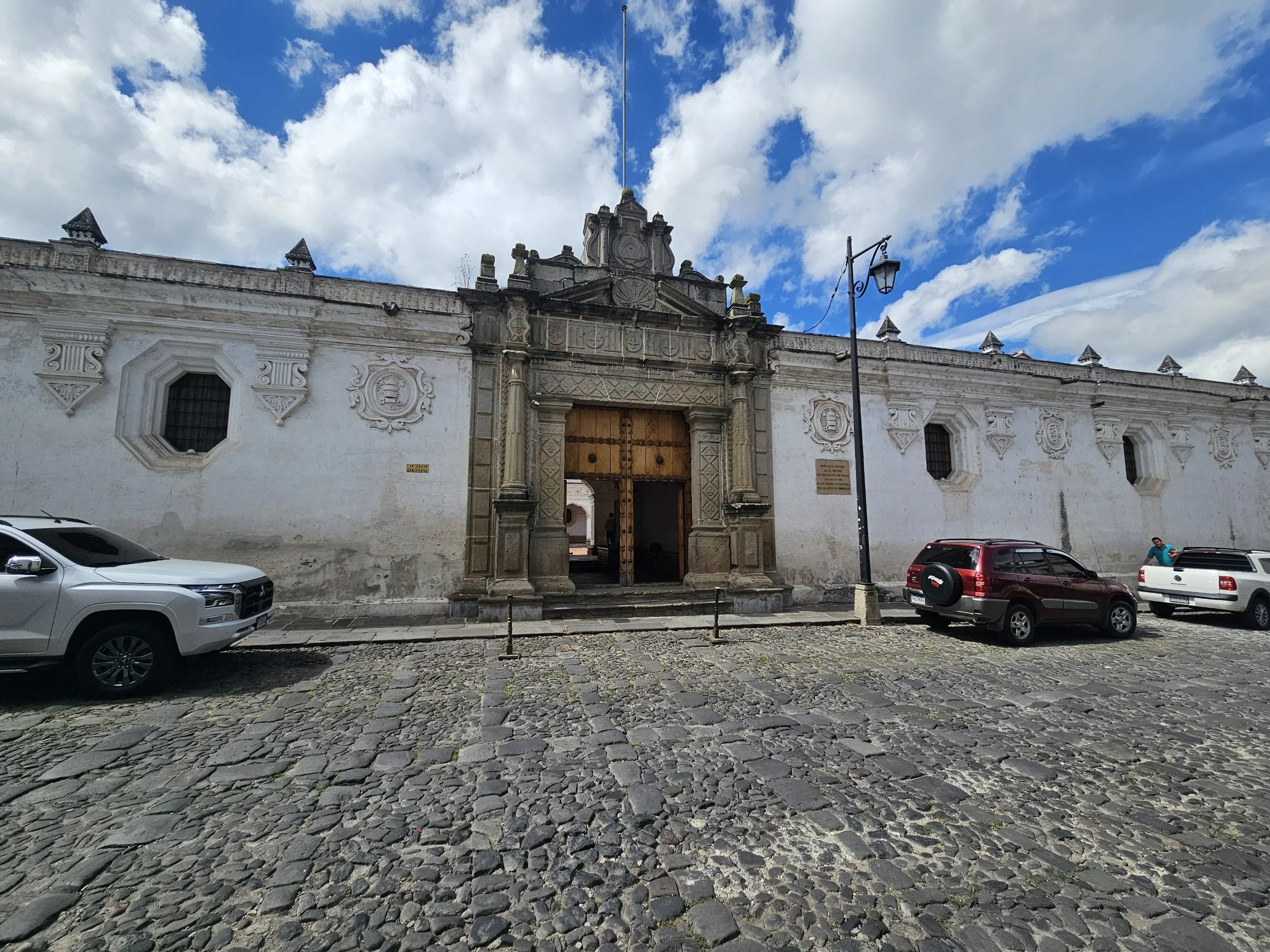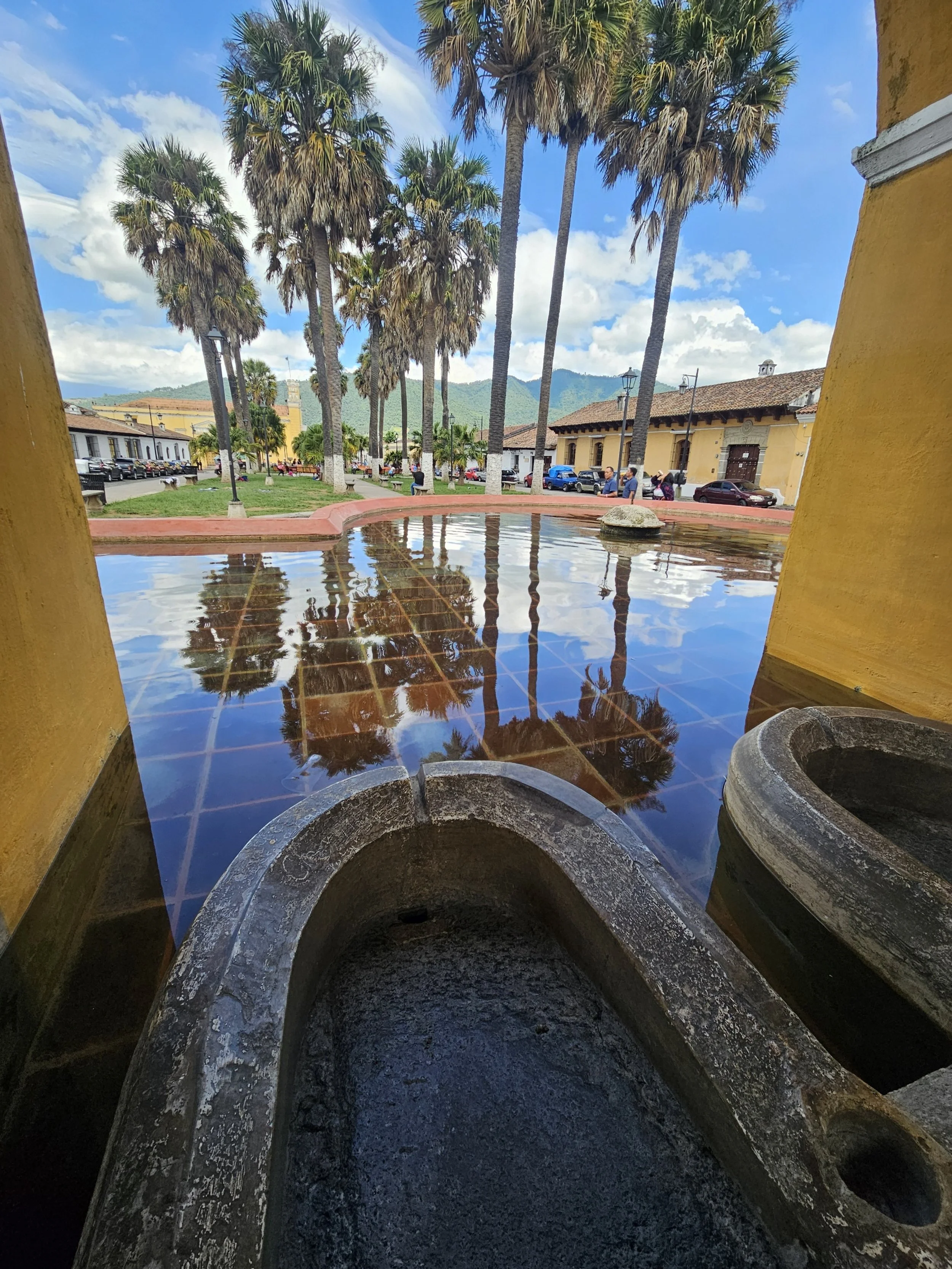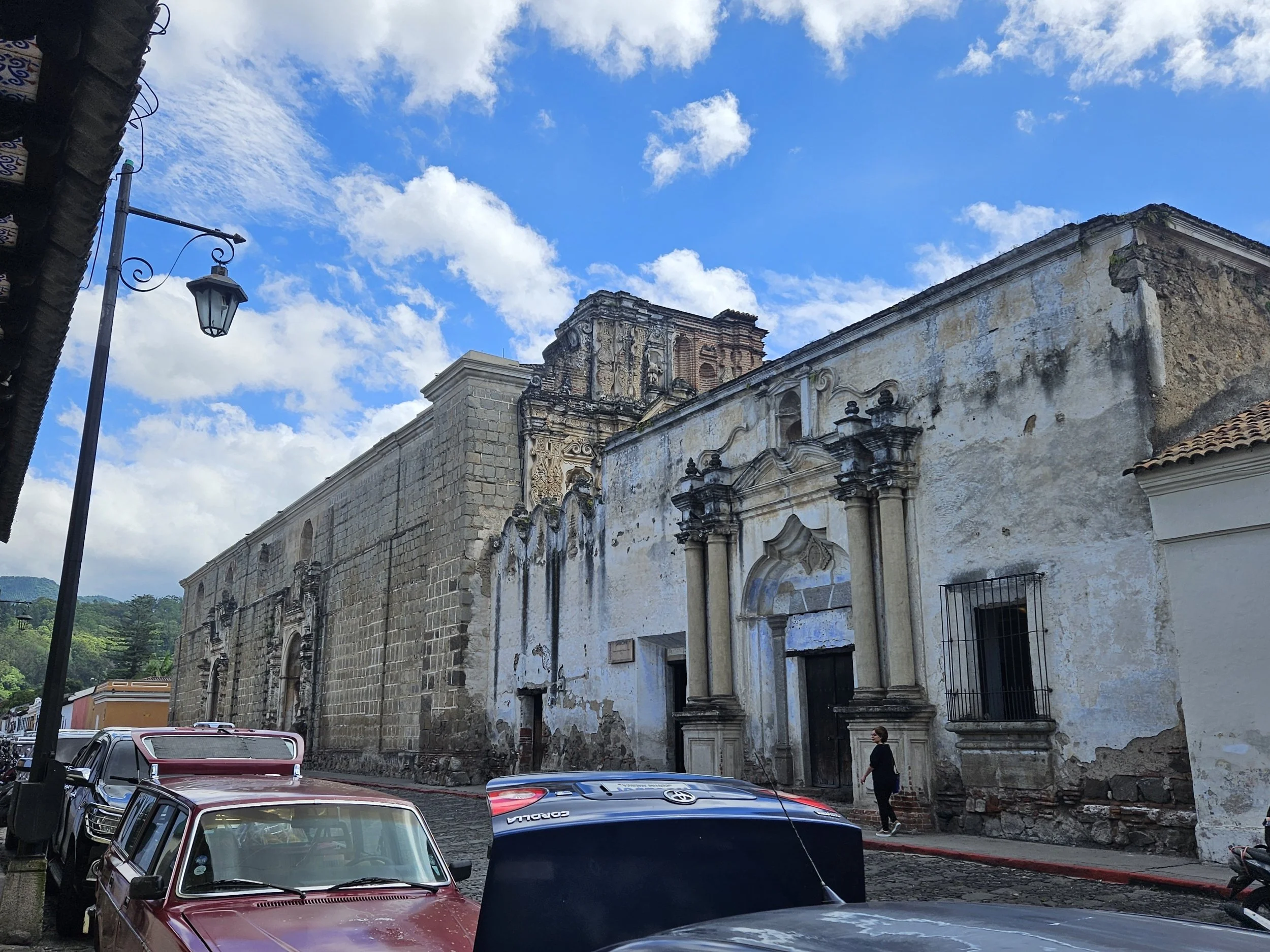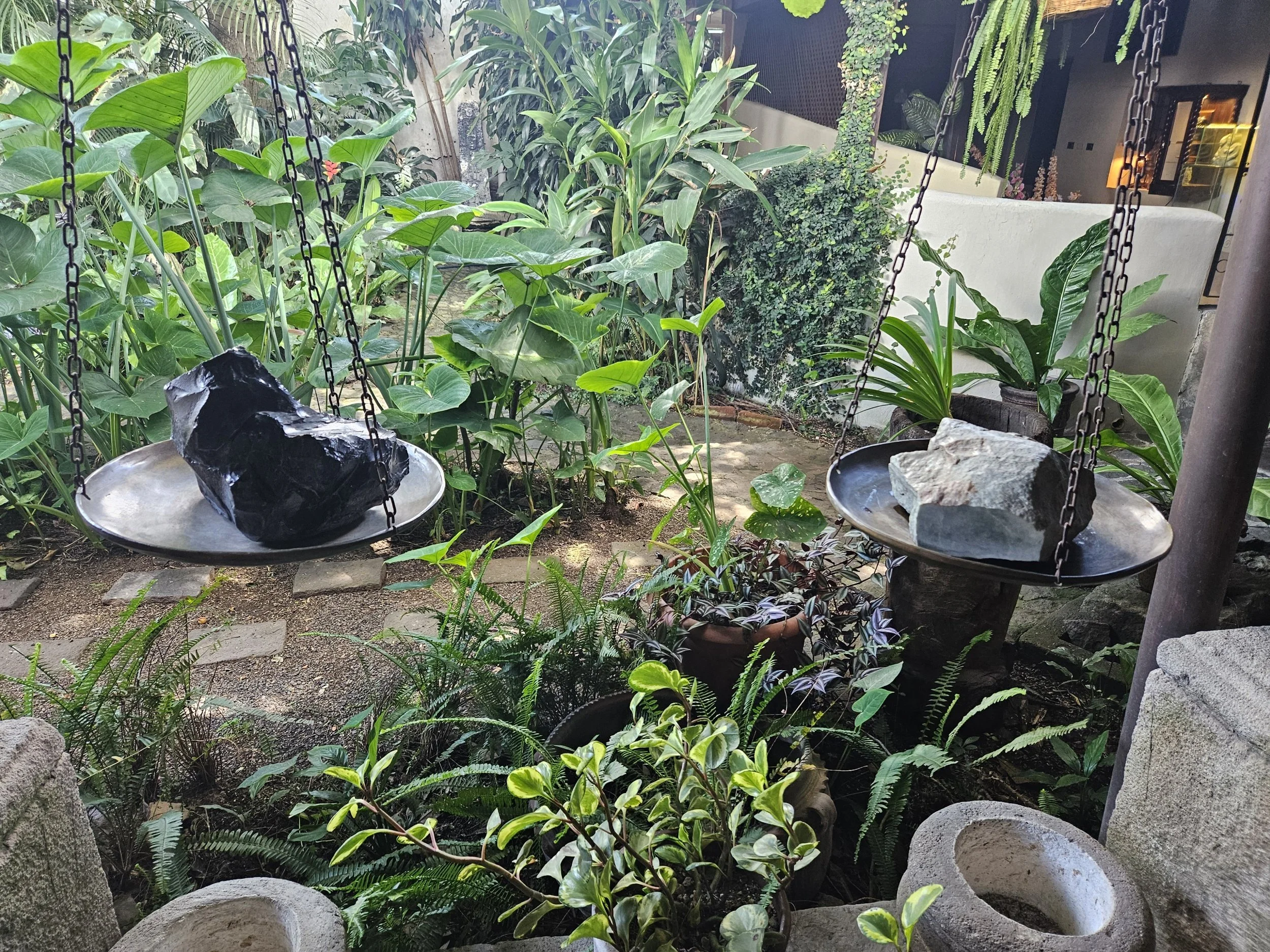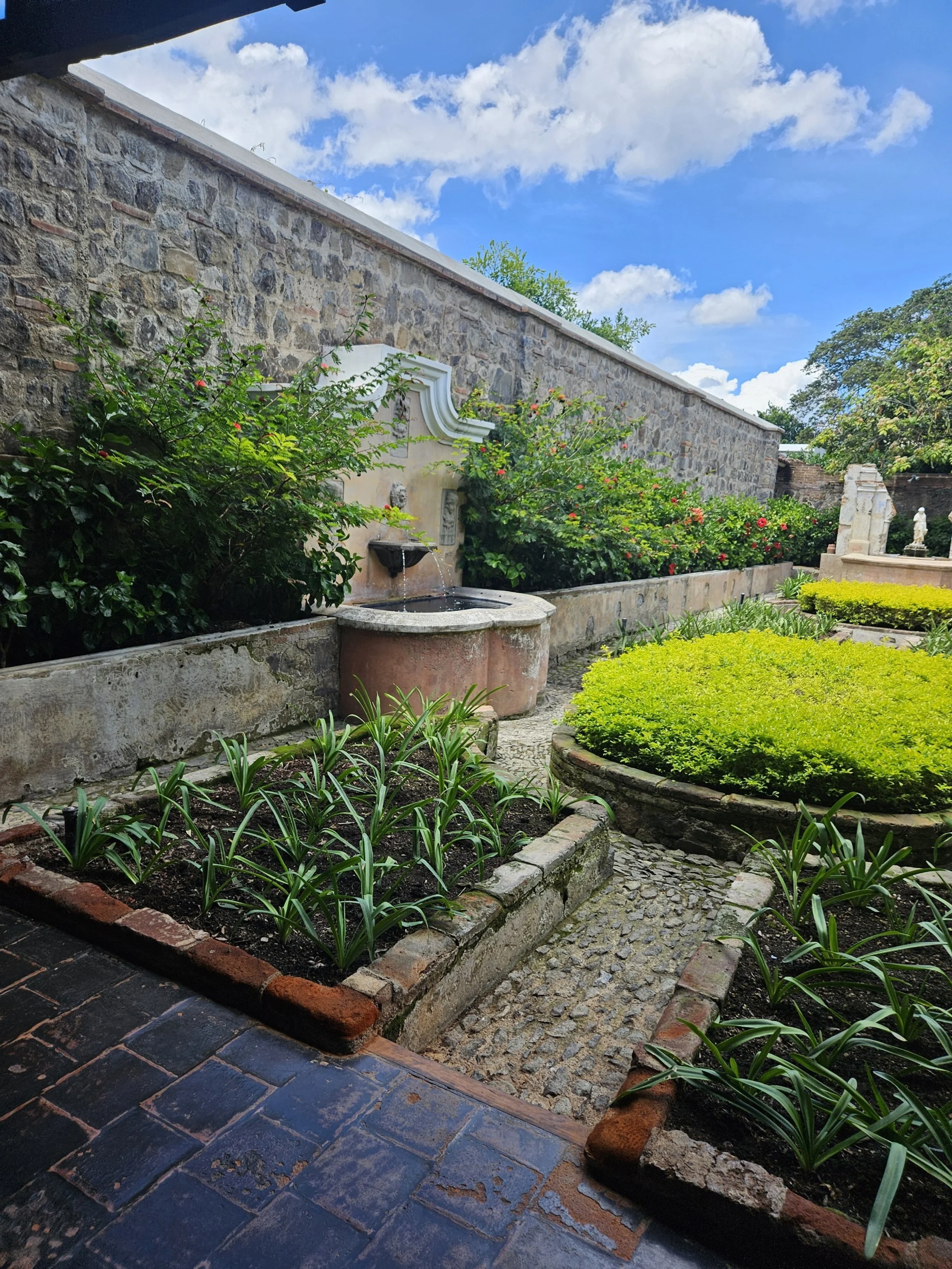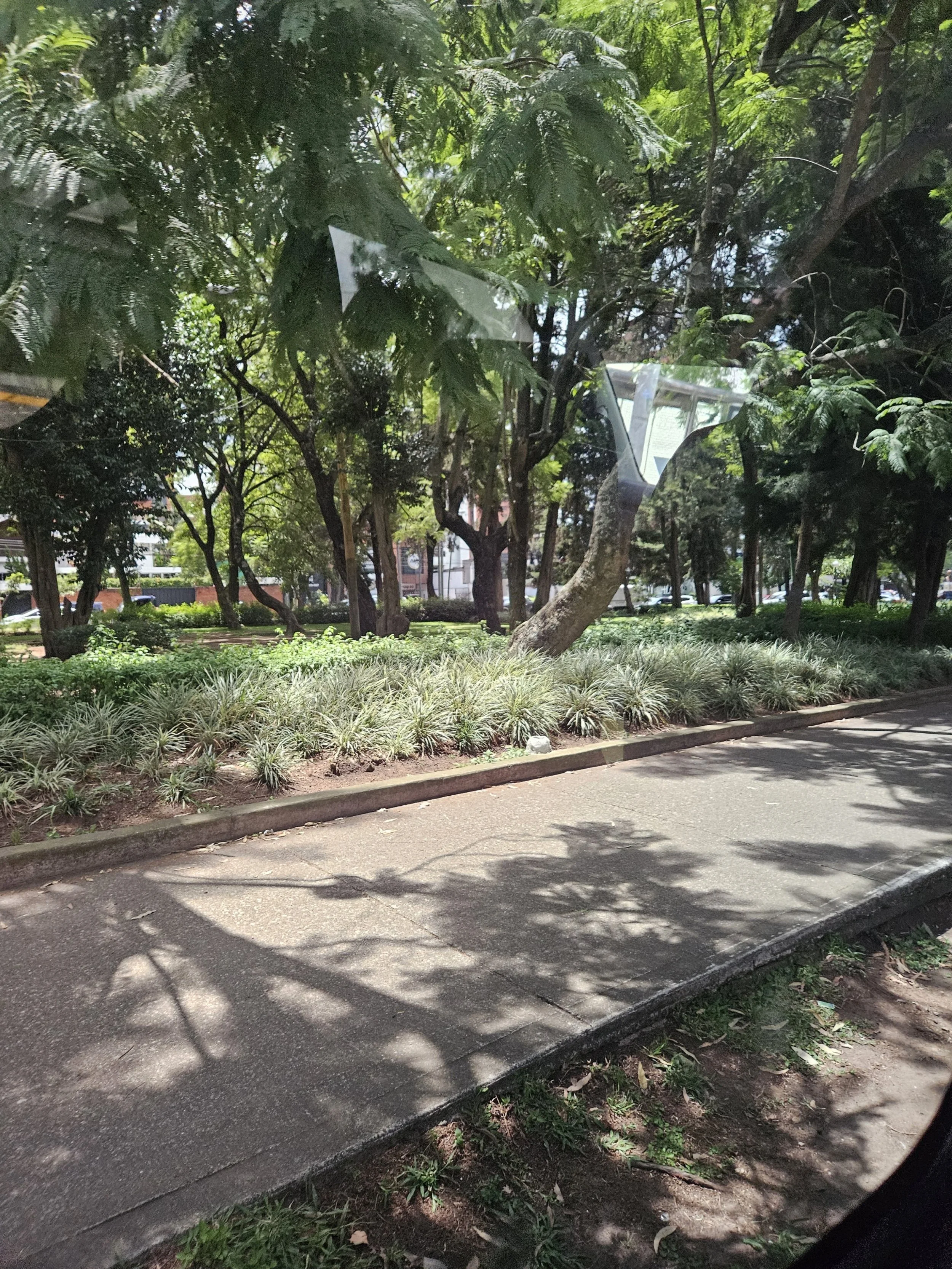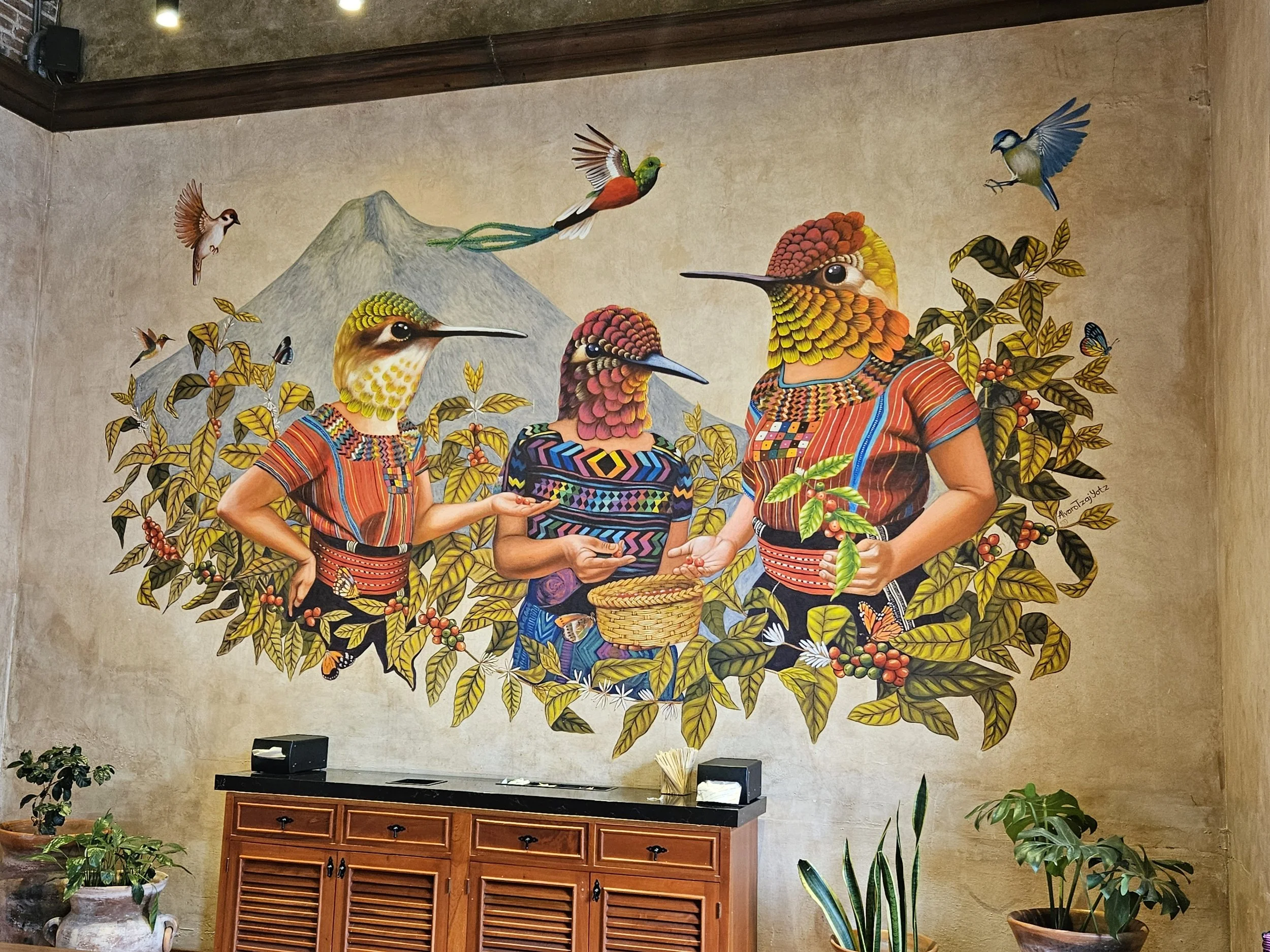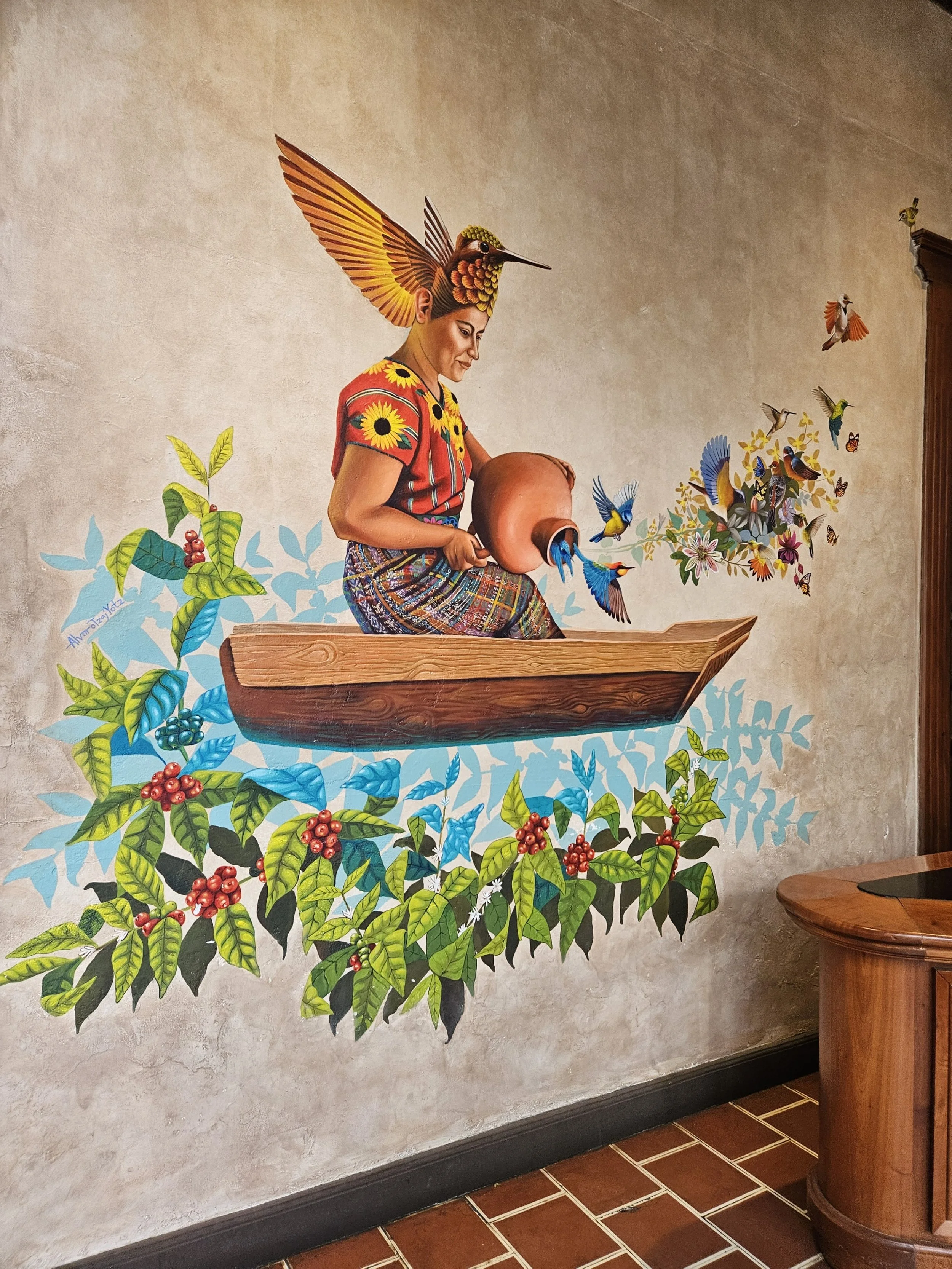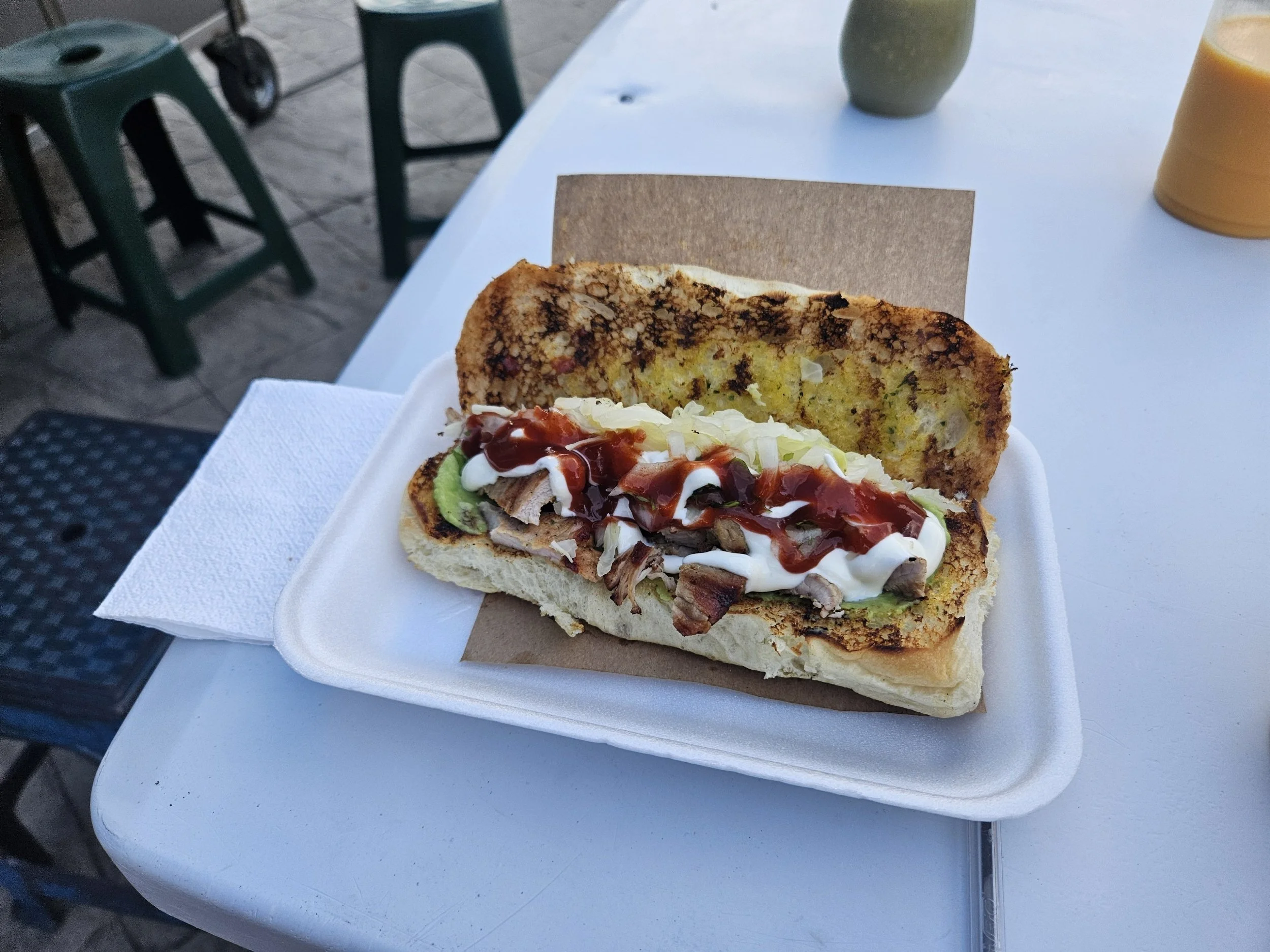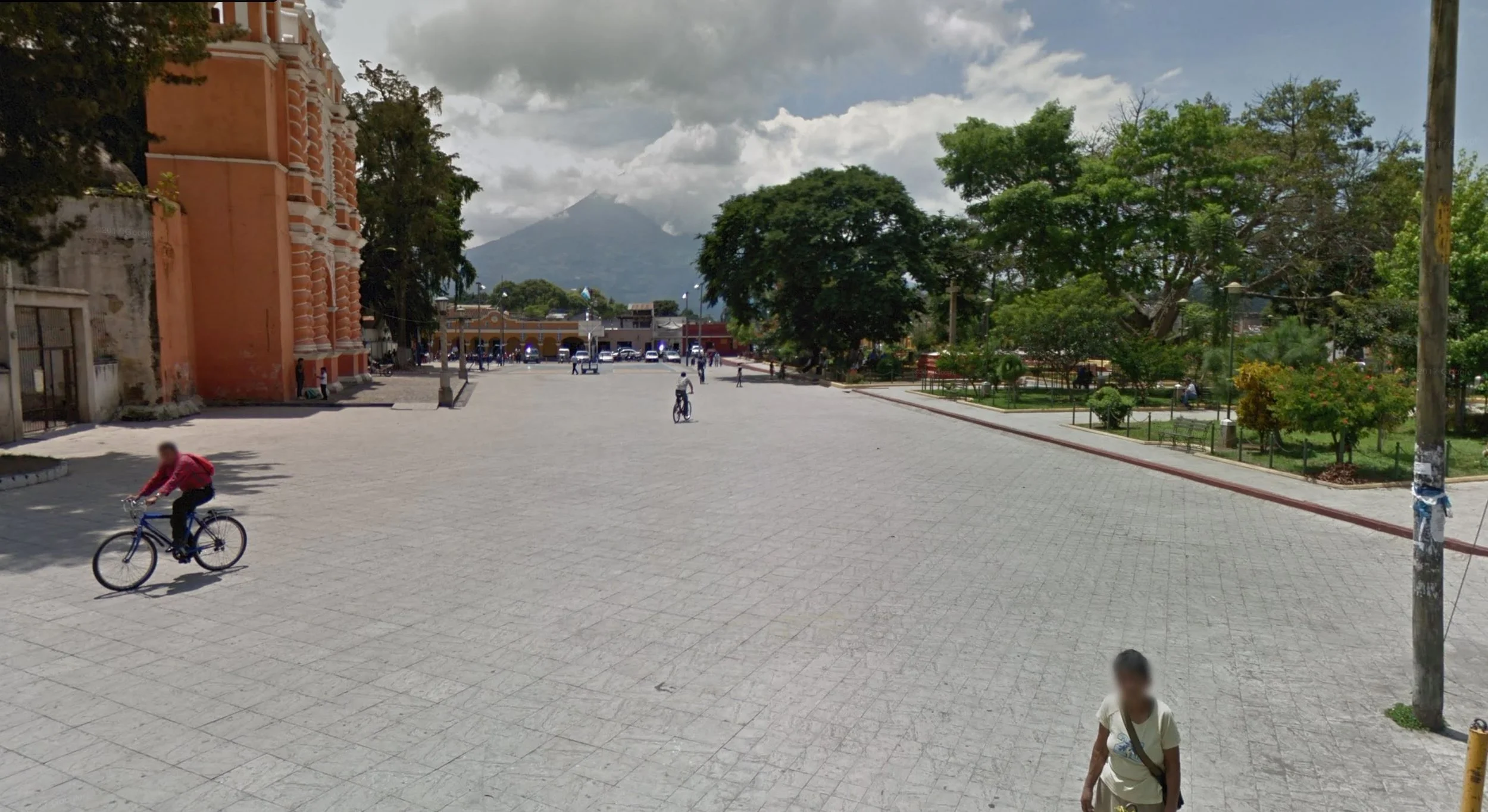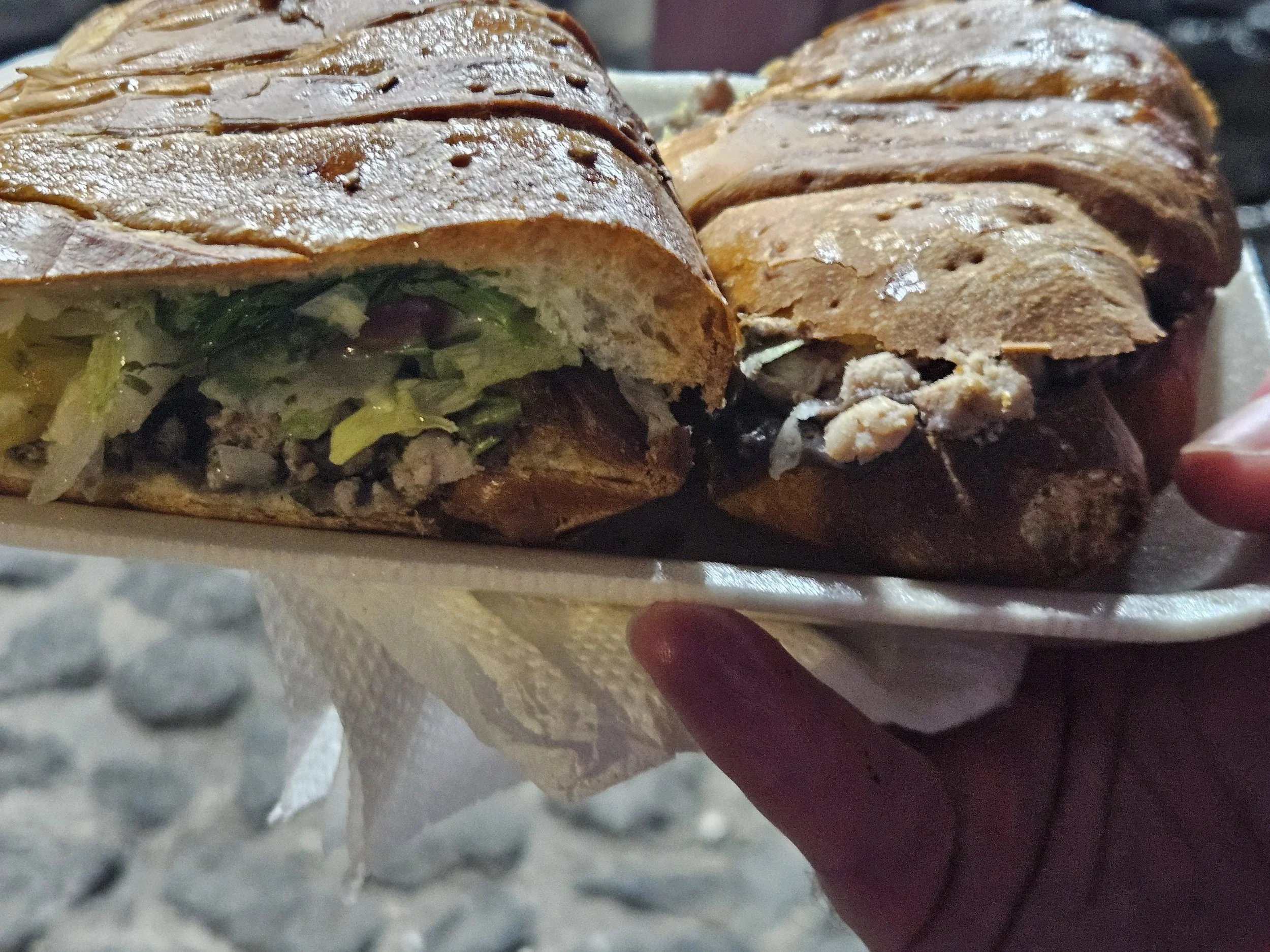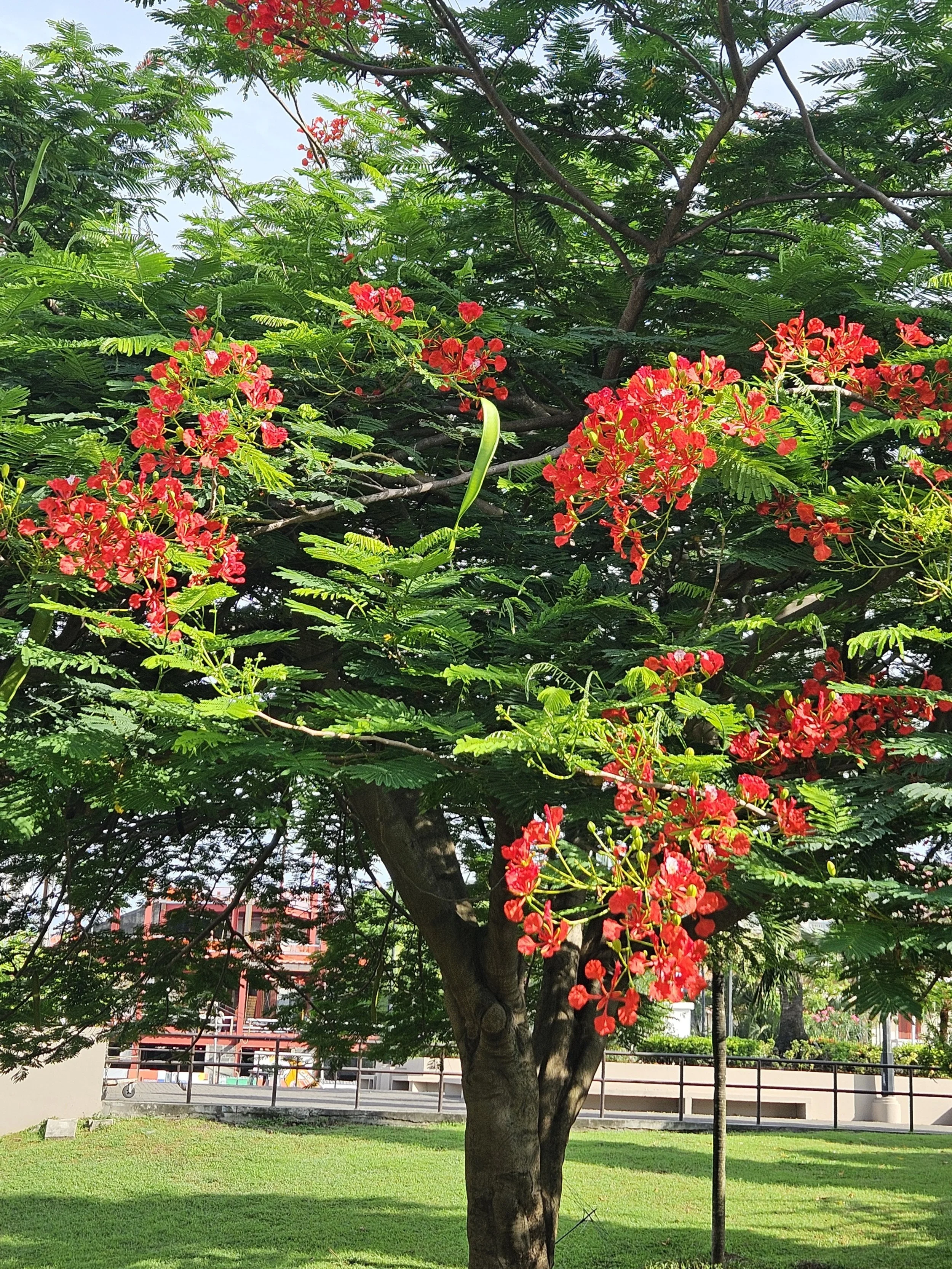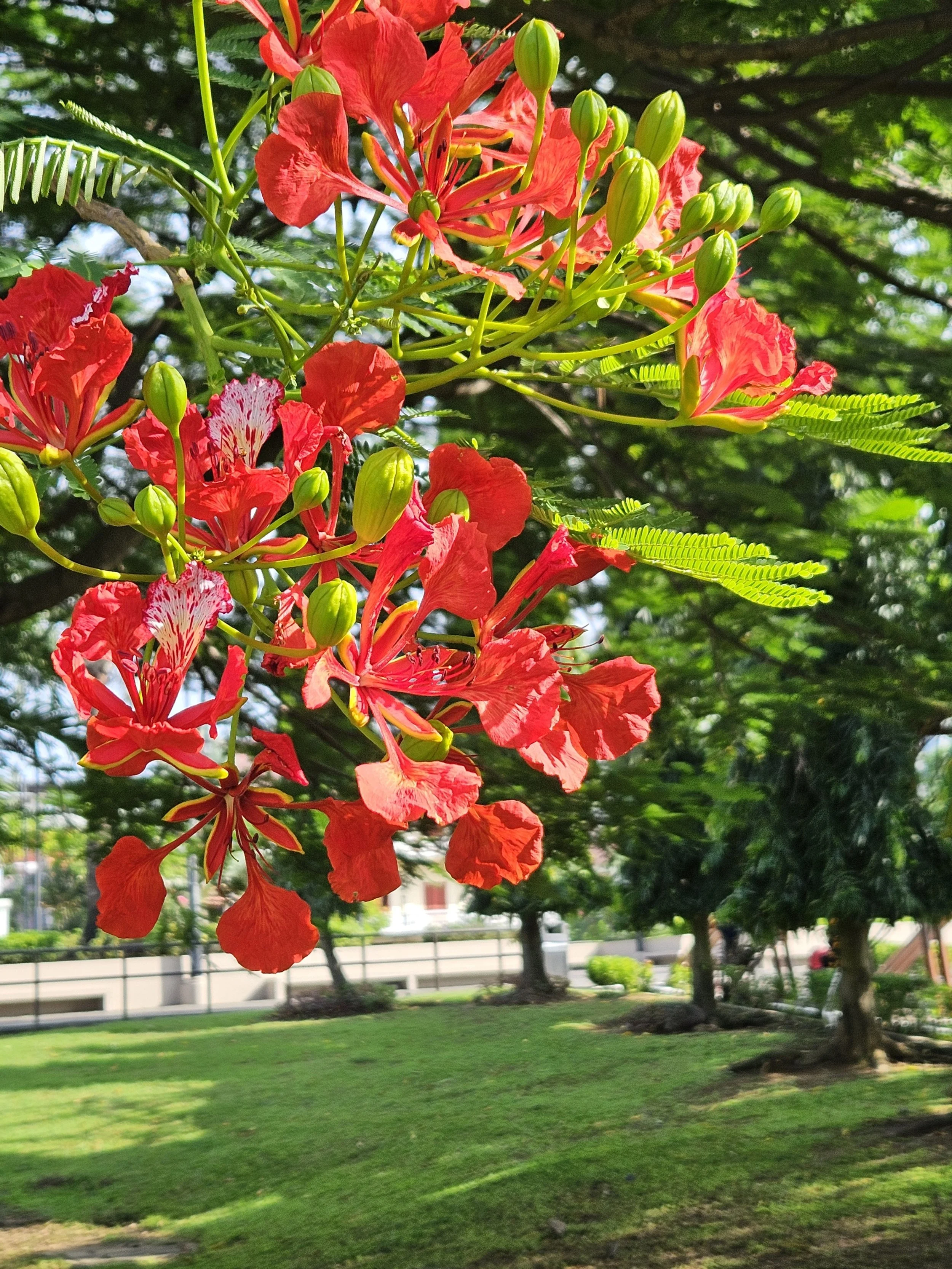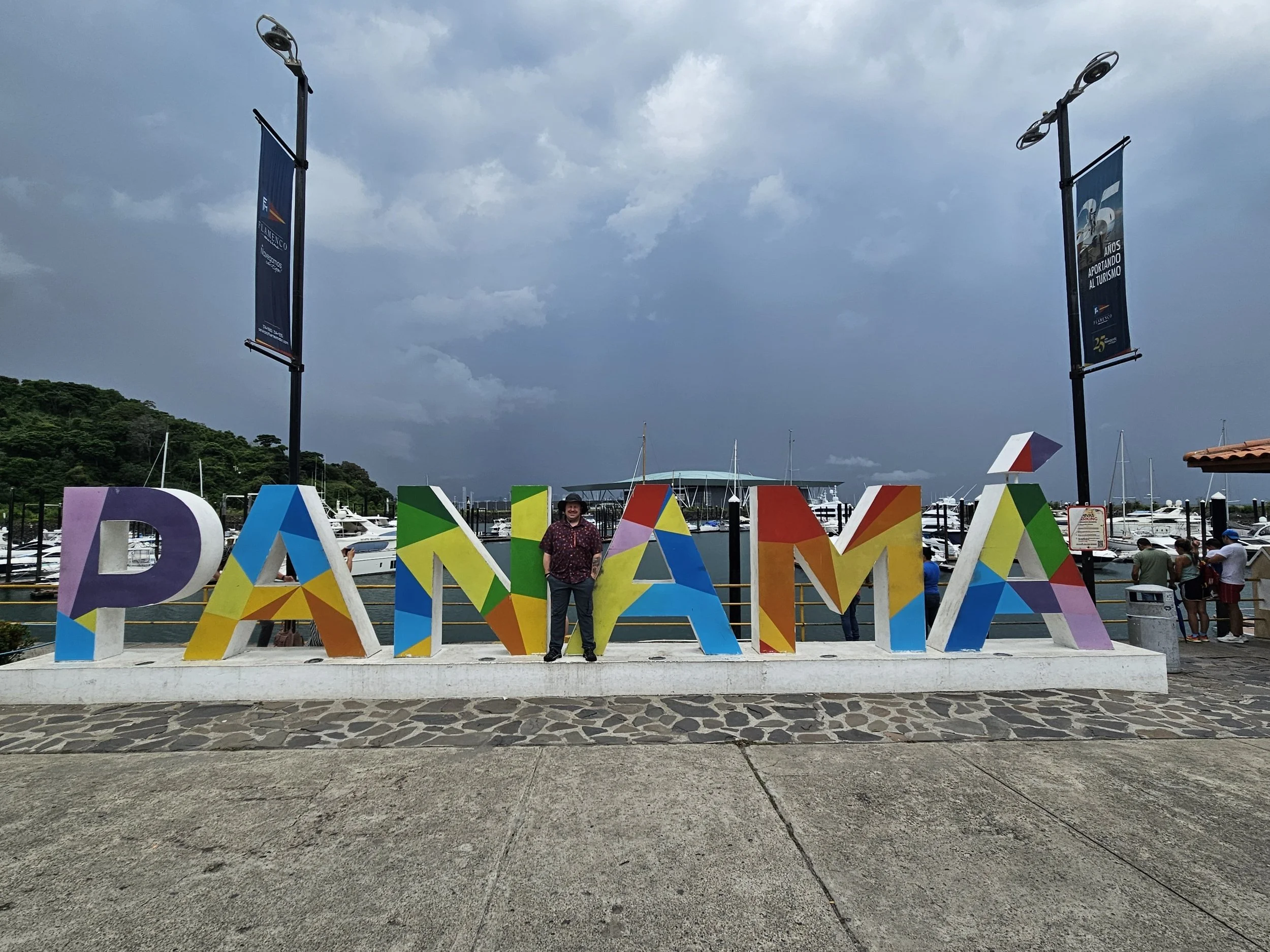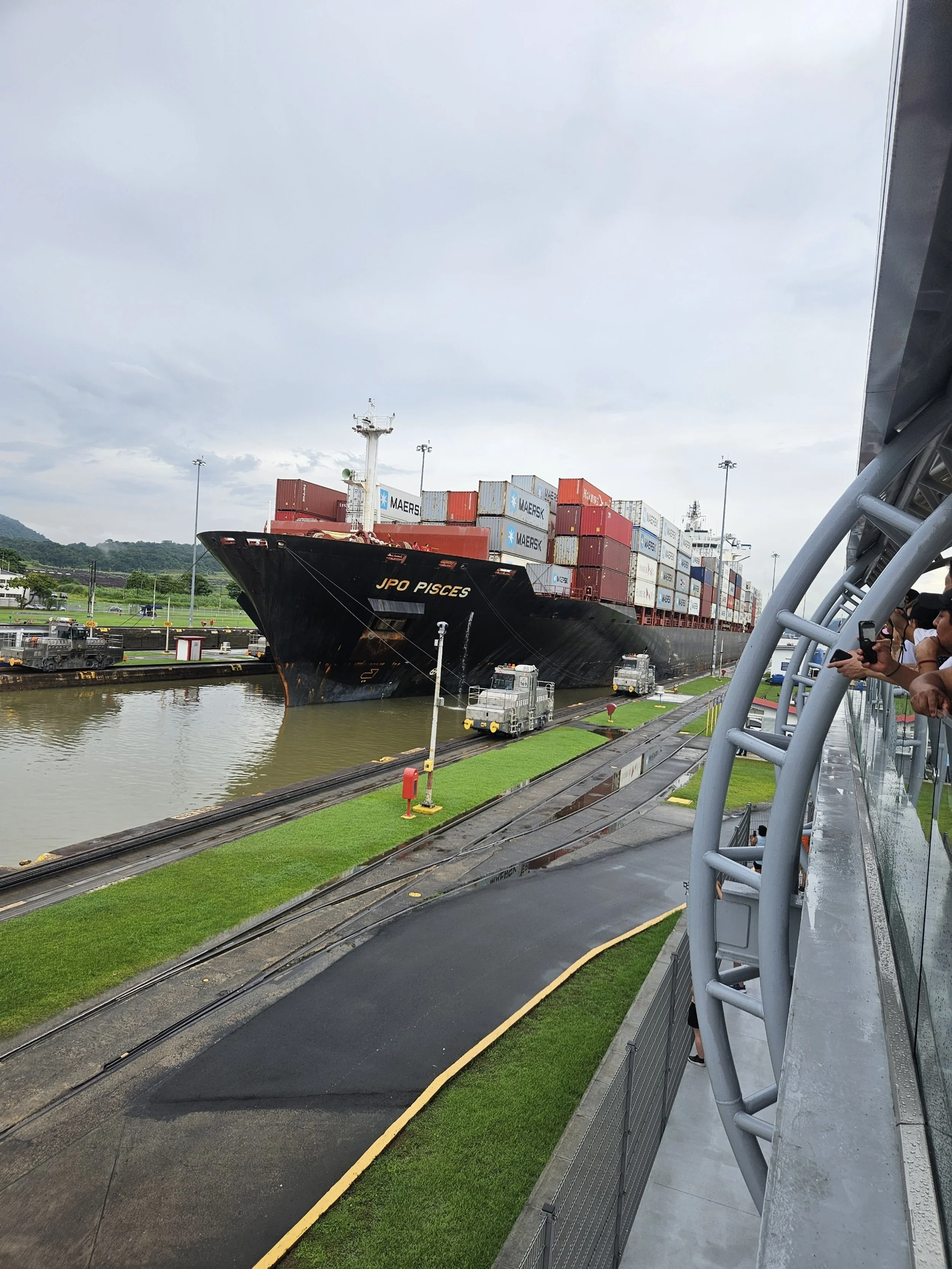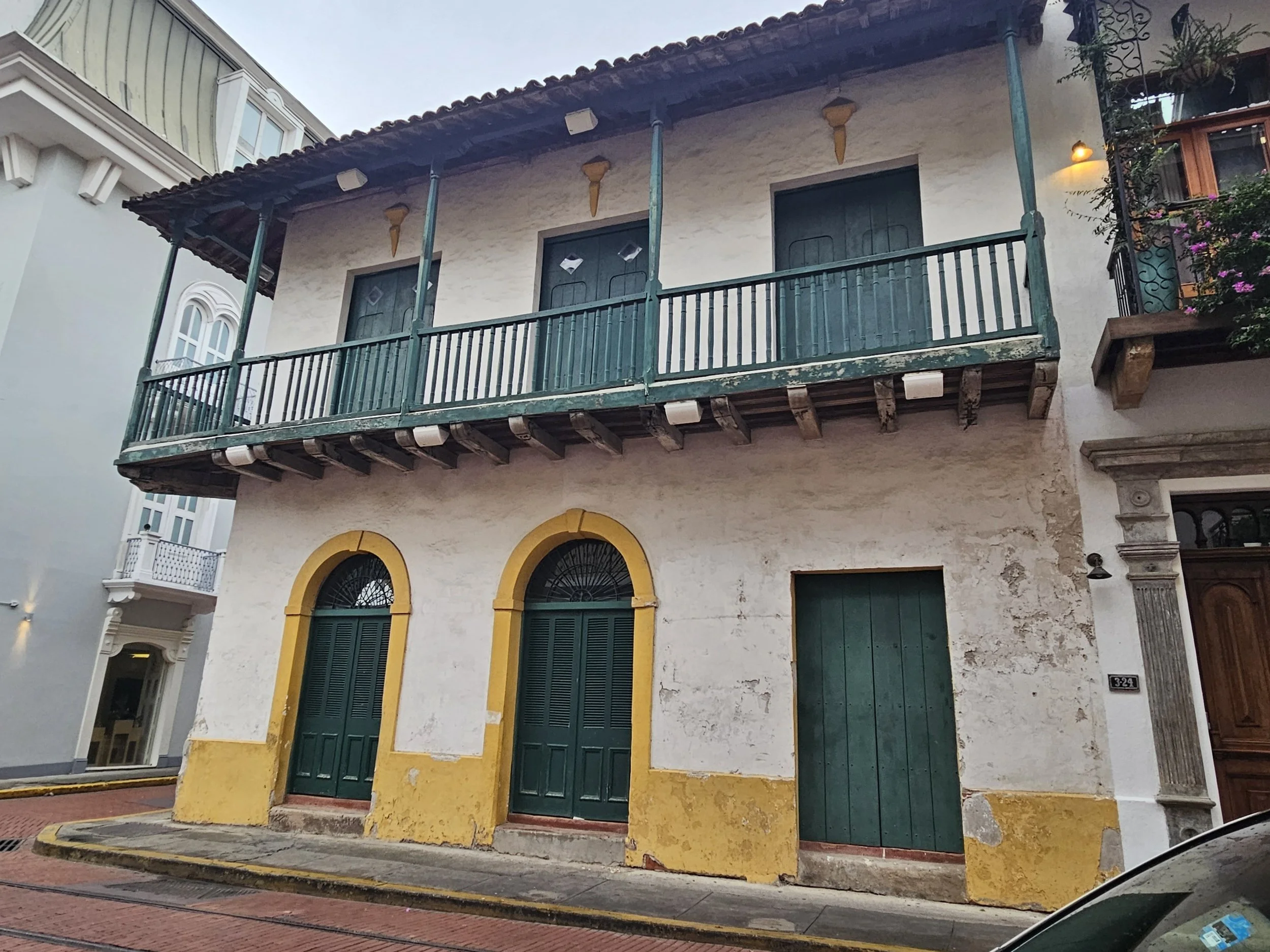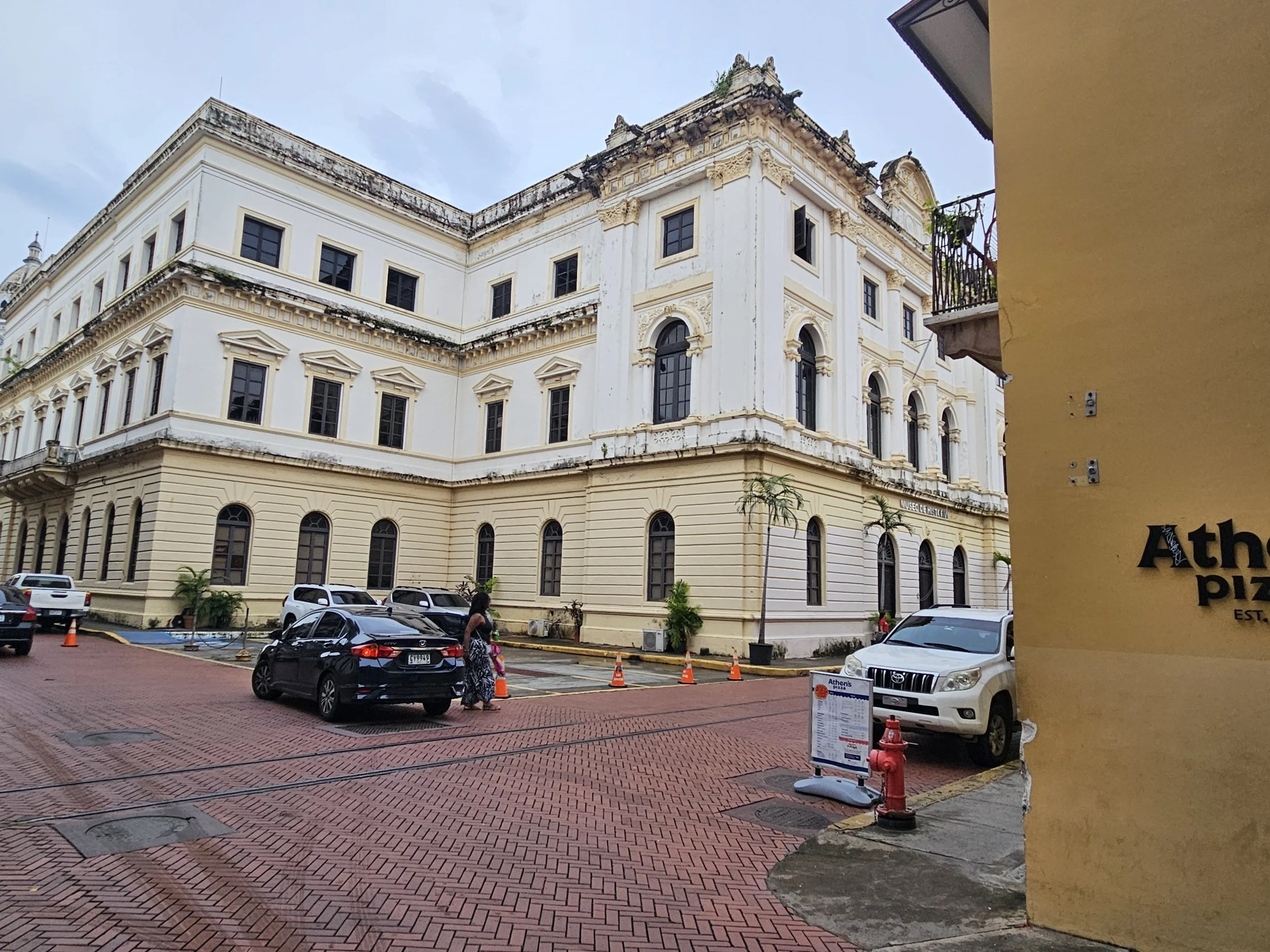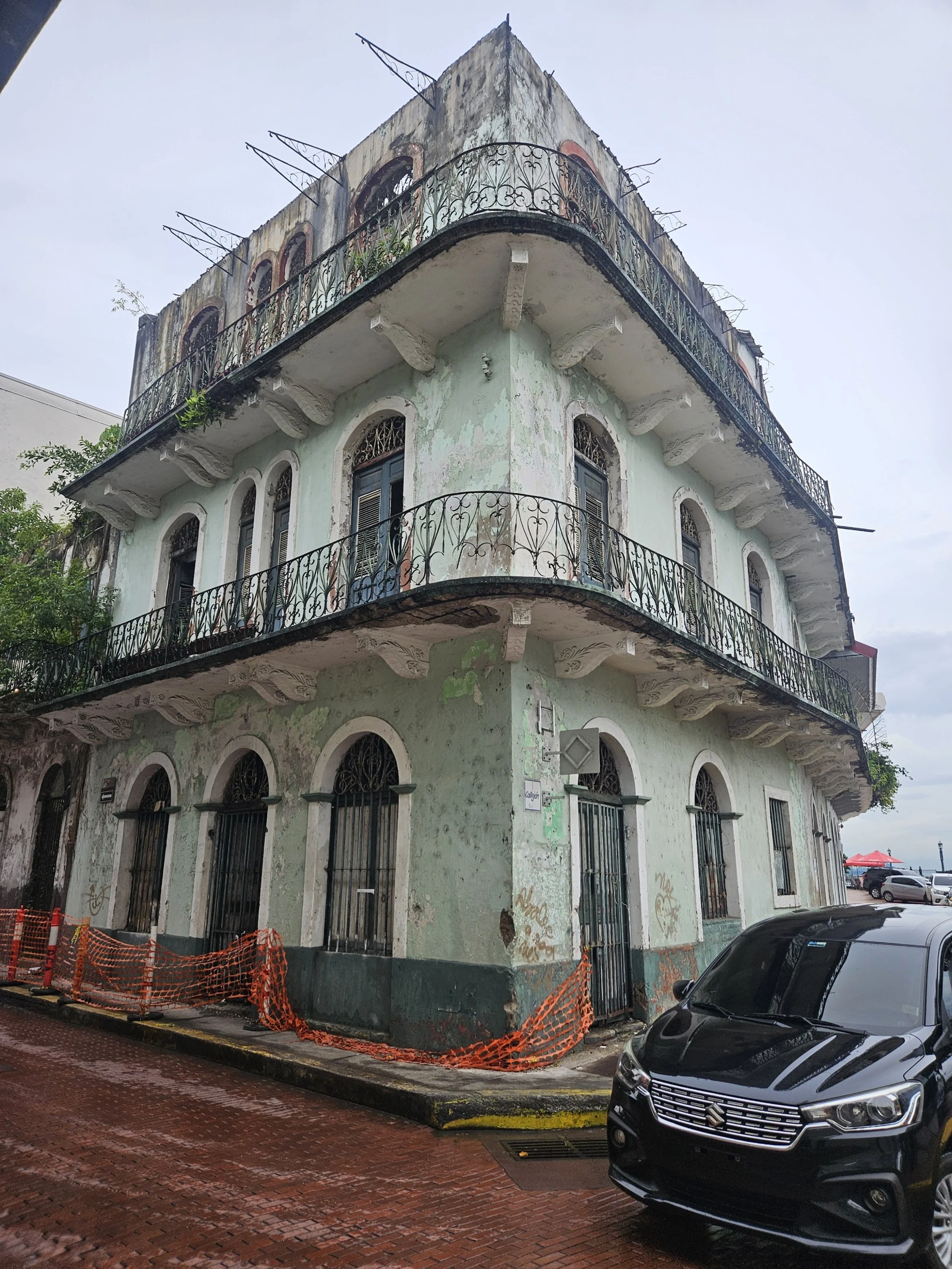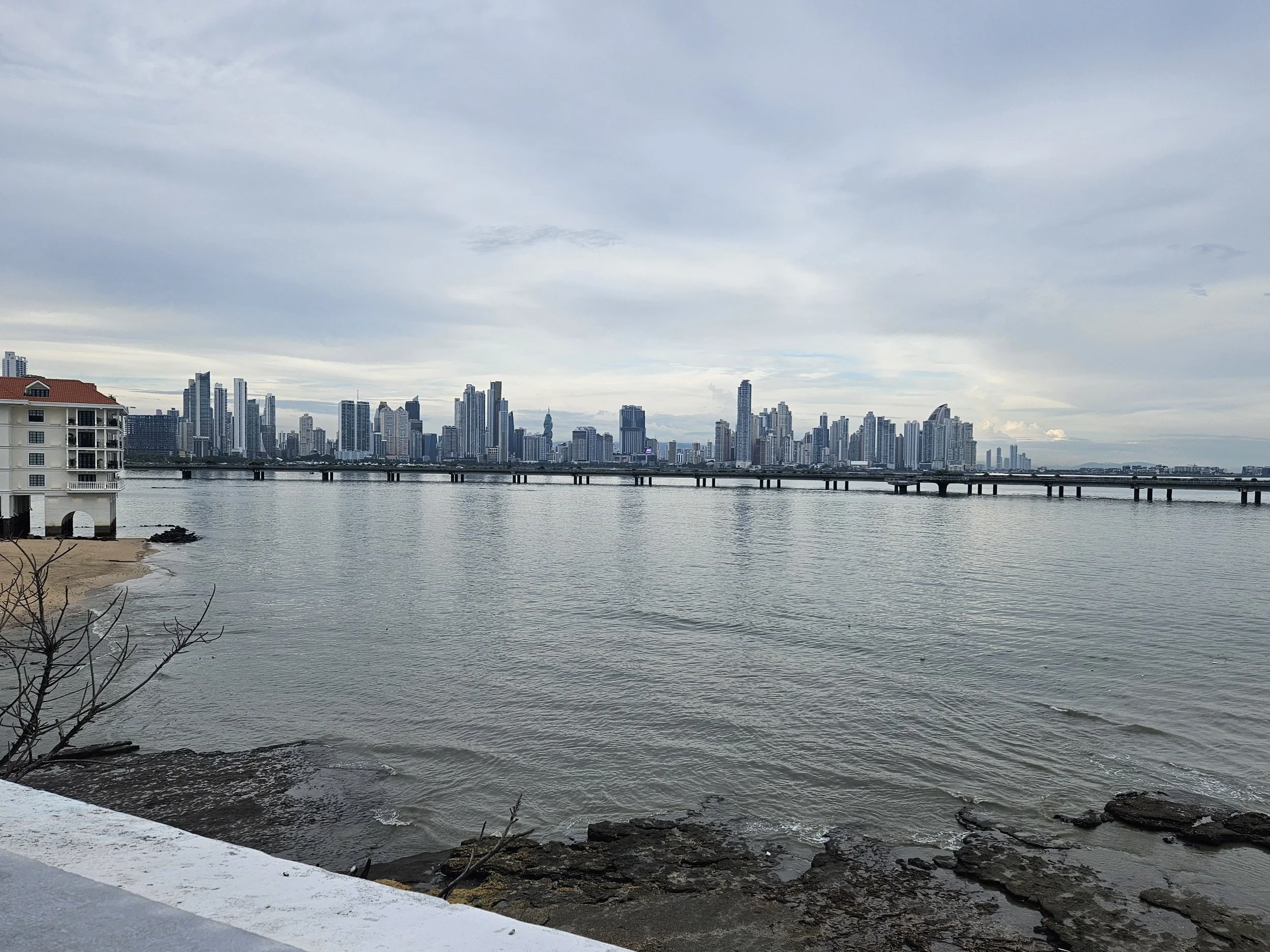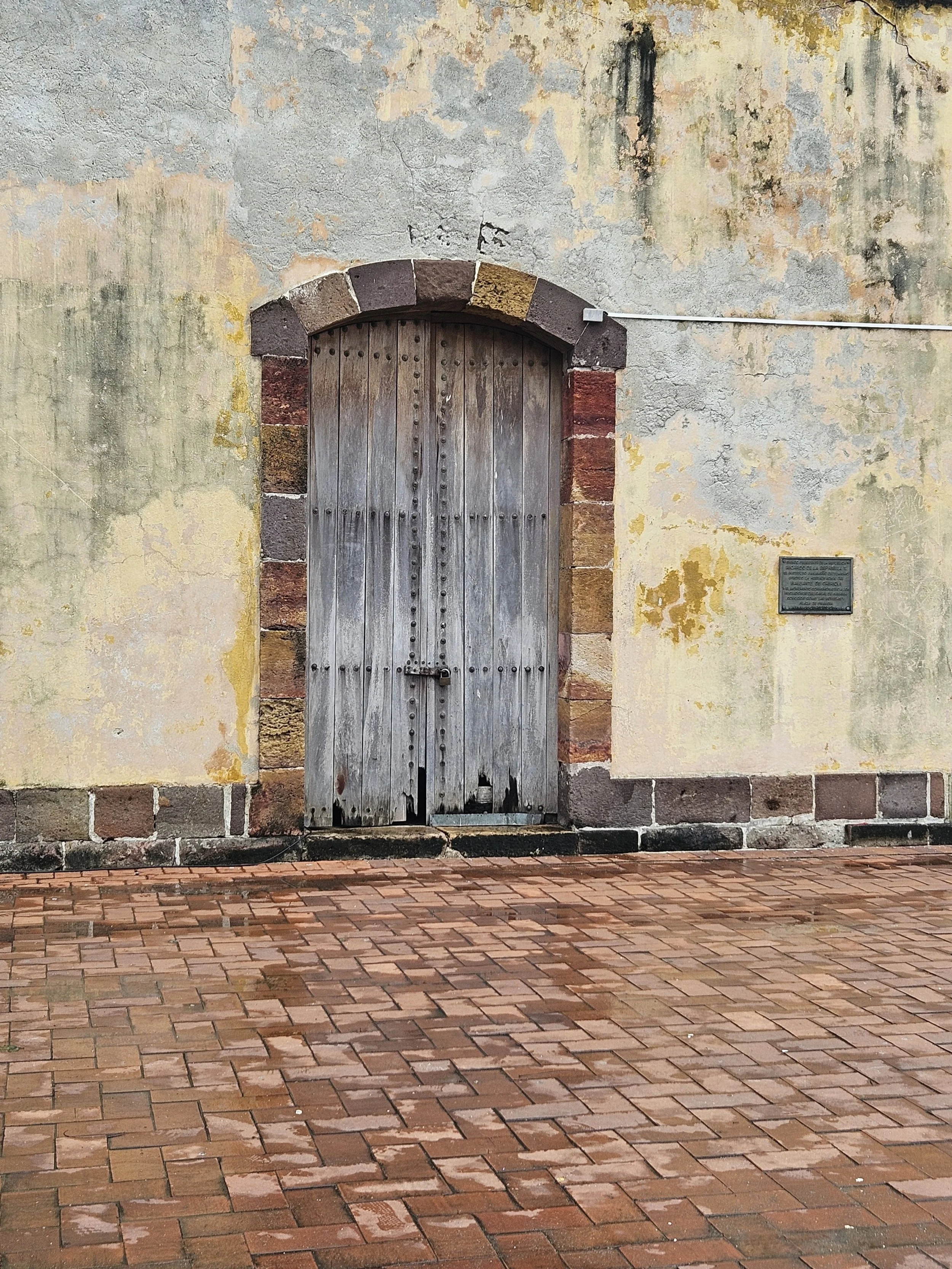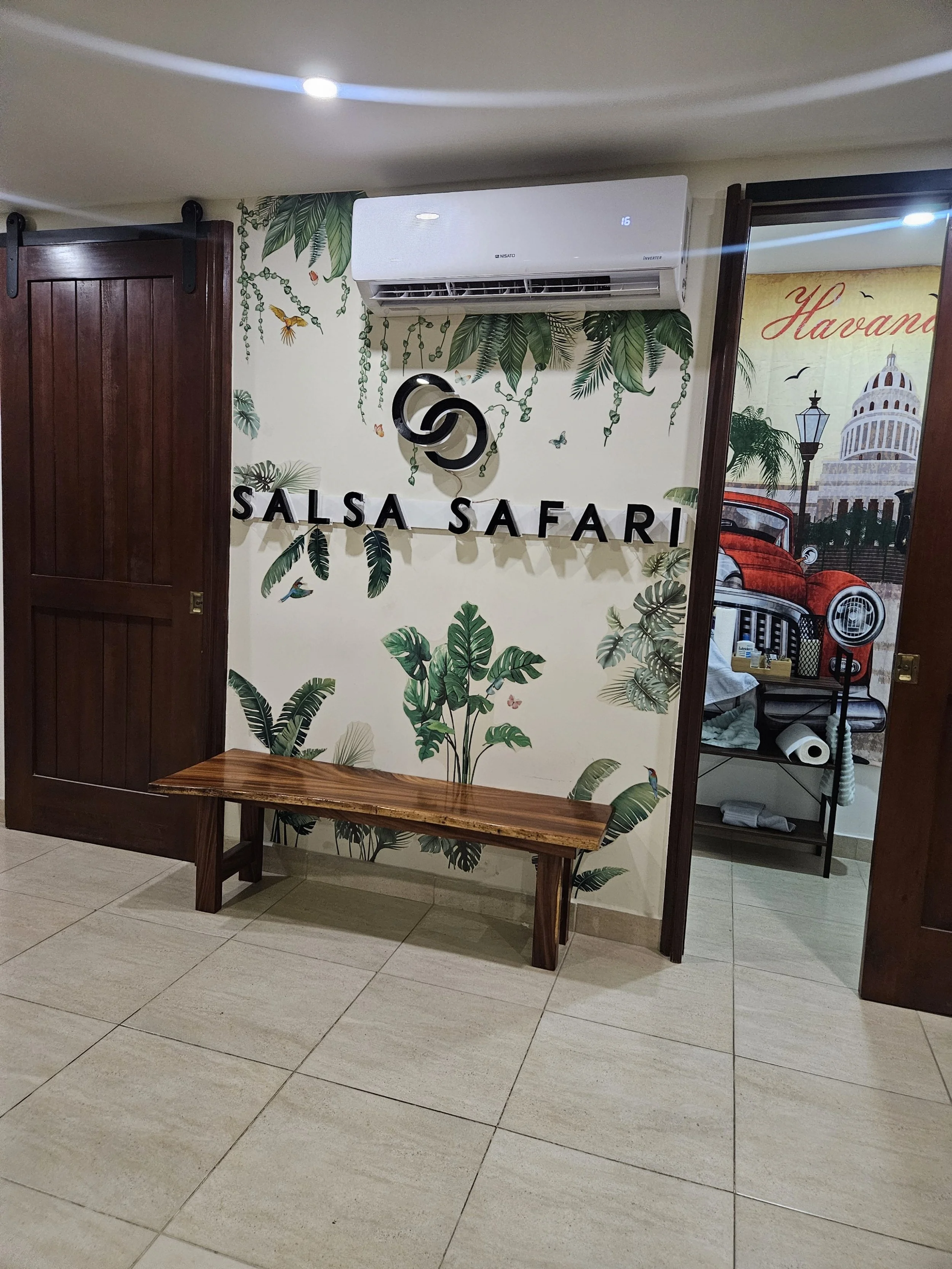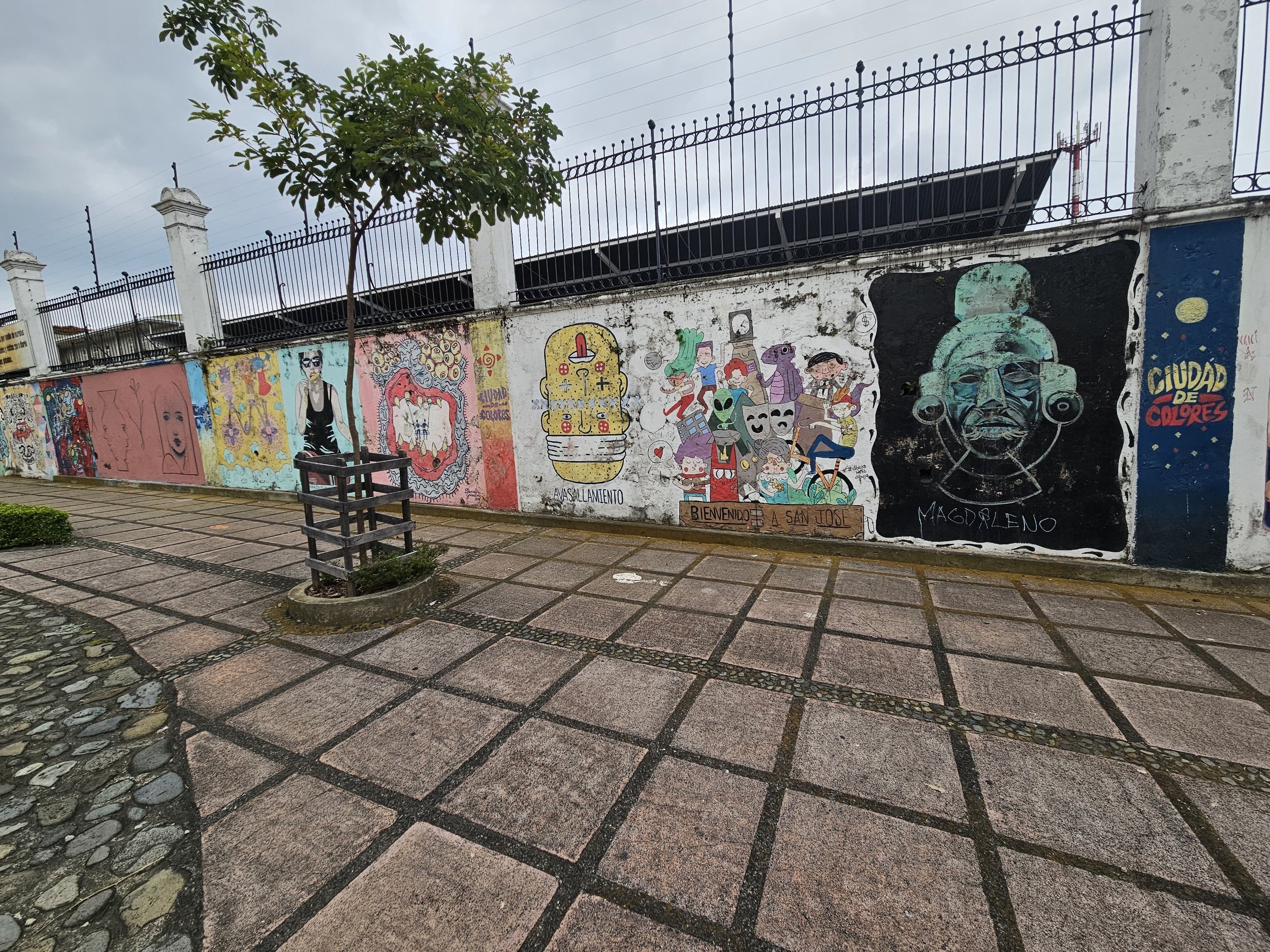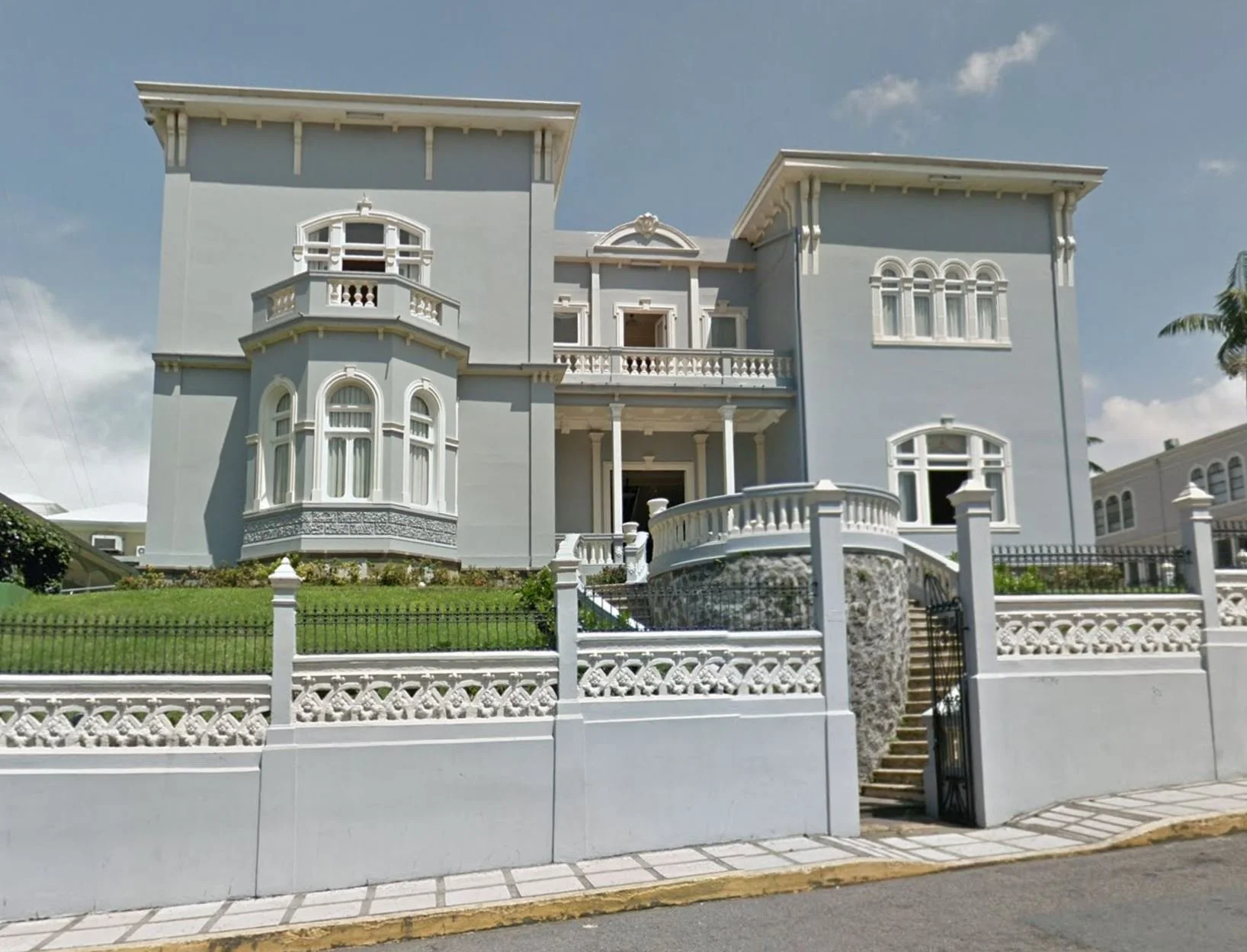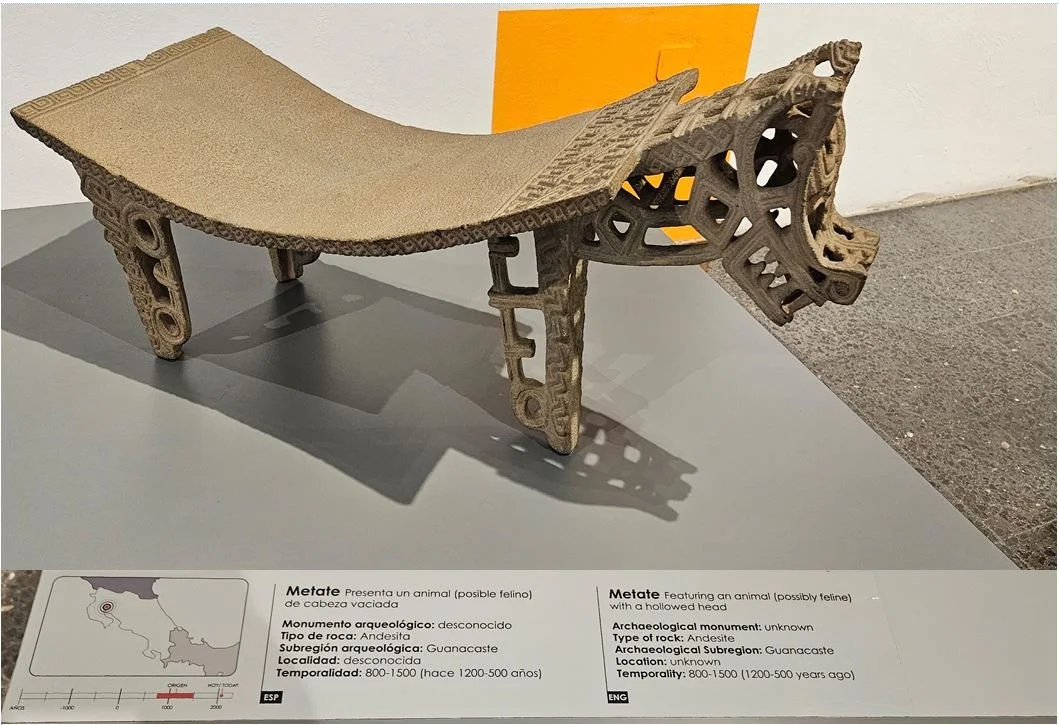The canals of Tortuguero
I started my morning ready for my canoe tour of the Tortuguero canals. If I had this to do again, I would have done a few things differently. First, I would have preferred to be on a boat with an outboard motor and maybe a bit larger. I also wouldn’t have volunteered to sit up front if I knew I would be paddling the entire time, that was not communicated until we were already away from the dock. Setting those things aside, this was a unique experience through the canals, that affords one the ability to observe the scenic beauty, the landscapes and the great exuberance of both the vegetation and the animals that are found in this region.
One significant benefit of going by canoe is that you can coast up to wildlife relatively quietly and get close to see them and take photos. In most cases I was able to capture great images with very minimal use of the zoom feature from my cellphone camera. I think that alone speaks to the nature of how intimate this experience is and hopefully the photos below help to showcase that to you. As we left the main dock and got across the main span of water we started to see various birds first. The anhingas were quite common but that didn’t reduce my excitement to see them throughout the tour. The Northern Jacana has an interesting personality, always trying to show off it’s agility with quick subtle movements through the water.
Species: Anhinga anhinga (male)
Species: Jacana spinosa
As we got further away from the open water where there were trees and other foliage, we started to see reptiles. Lizards were above and to our sides and caimans in the water. Iguanas are also pretty common but to see them so chill in their natural environment was a treat.
Species: Iguana iguana
The Basiliscus, commonly referred to as the Jesus Crist lizard were gorgeous. I would have loved to see one walking on water but I will take seeing them this close as a close second place. It’s really amazing how much the guides see and can point out.
Species: Basiliscus plumifrons
Further into the canals, we saw a unique bird (below to the left), the boat-billed heron. I really enjoyed being able to spend some time checking these out, especially since they are so vastly different from other herons. And then we started seeing the caimans. At first I thought I would be intimidated by these majestic species, but they kept to themselves and it almost felt like they enjoyed being watched.
Species: Cochlearius cochlearius
Species: Caiman crocodilus
Species: Caiman crocodilus
All the plants were large and many had roots coming down from the canopy to lock them into edge of whatever soil they found when they became situated. The buttress roots from the base and the canopy or arboreal roots from the limbs serve to stabilize and take in resources.
arboreal roots
Some caimans chilling just at the surface. These are two great examples of using camouflage and/or environment to reduce your visibility.
Species: Caiman crocodilus
Species: Caiman crocodilus
Selfie time
So many different type of plants and they change as you go in and out of different parts of the canal system.
buttress roots

